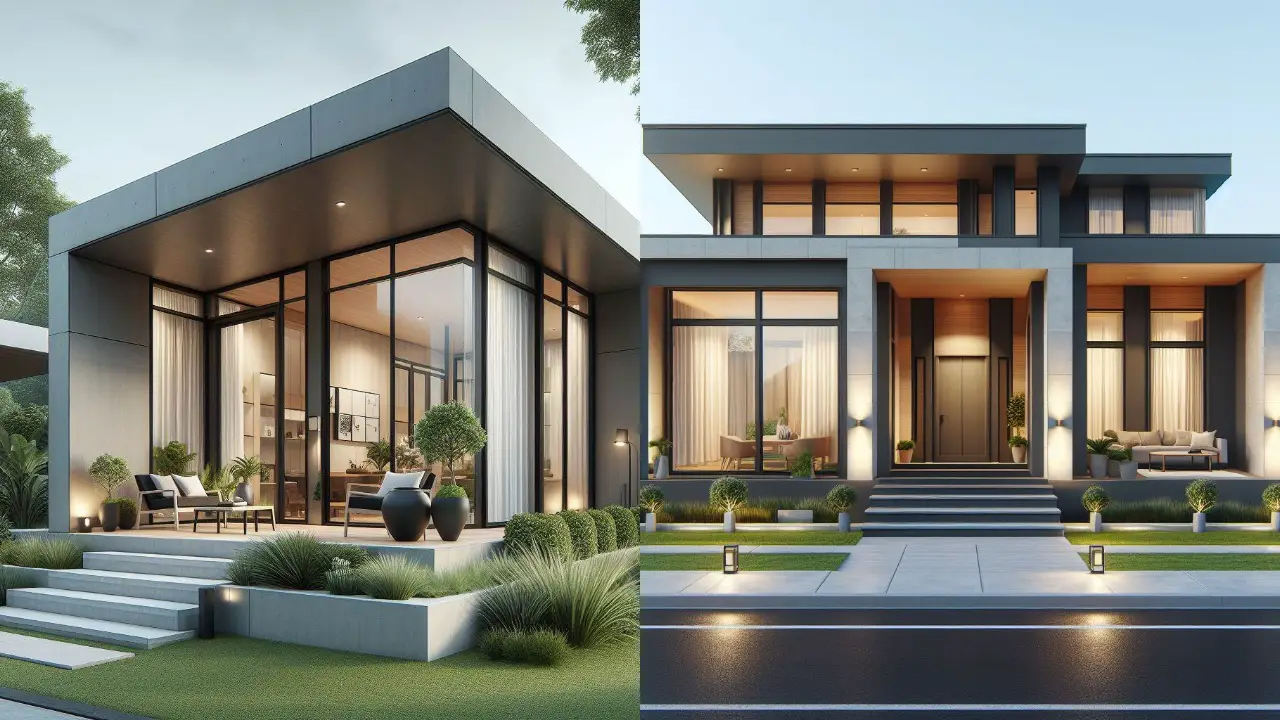
The front of a home is the first impression it makes. For one floor homes, the facade sets the tone for what’s inside. With some thoughtful design, you can create an inviting, stylish exterior that reflects your personality.
When designing a one floor home front, simplicity and symmetry are key. Avoid too many materials and colors. Instead, pick one or two tones that complement each other, like light grey stucco with white trim. Landscaping should frame the home without obscuring it. Evergreen shrubs, ornamental grasses, and small trees along the perimeter keep the focus on the architecture. A few potted plants on the front steps add a splash of color. The door should be prominent; consider painting it a bold shade that pops against more subdued siding. Use lighting to highlight the home’s best features at night. Uplighting in trees or along pathways creates ambiance.
Functionality matters too. The entry should feel obvious and accessible with an overhang or porch cover to shield from sun and rain. Wide front steps make carrying items easy. Handrails, if needed, can double as decorative elements. The porch gives a place to relax outdoors and should fit patio furniture comfortably. Its size can expand the perceived square footage. If space allows, incorporate side yards into the design. These “outdoor rooms” work well for landscaping or recreation. Visually extend the interior floorplan outside with paving patterns.
Curb appeal doesn’t require intricate details. Clean lines and high-quality construction let the form speak for itself. Mix modern and traditional elements for a timeless aesthetic with contemporary touches. The goal is creating harmony between the interior layout and exterior look through cohesive design choices. For one floor living, keep the front facade inviting yet practical. Focus on how every component contributes to a seamless, functional whole that makes a great first impression.
Modern One Floor Home Front Design Images
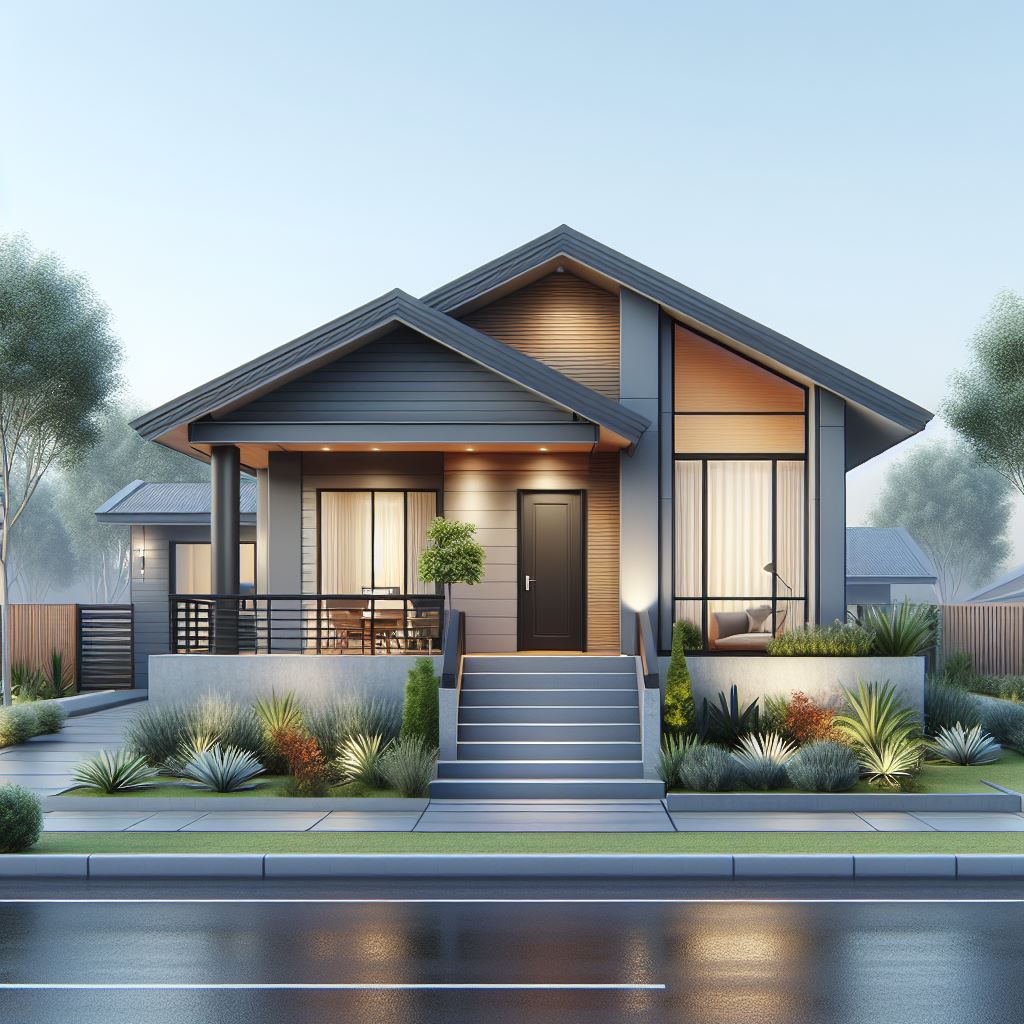
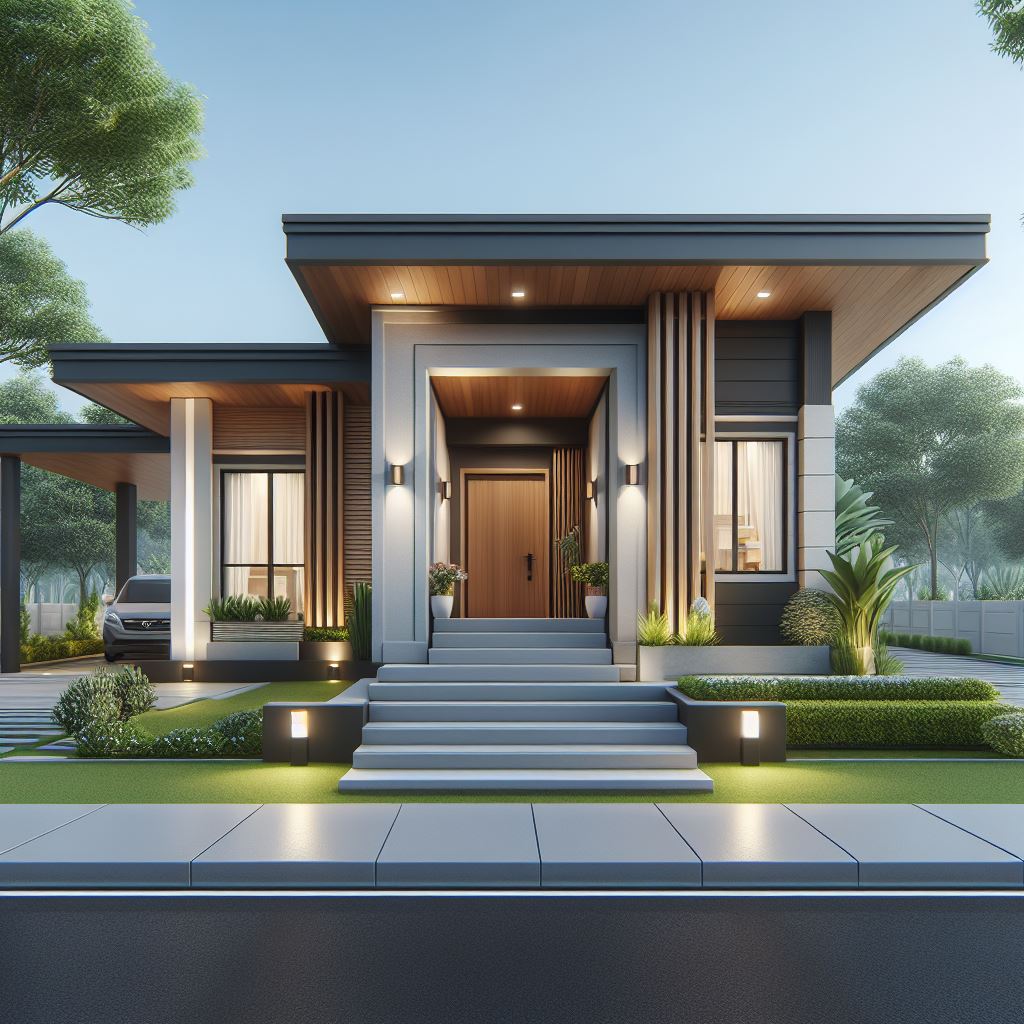
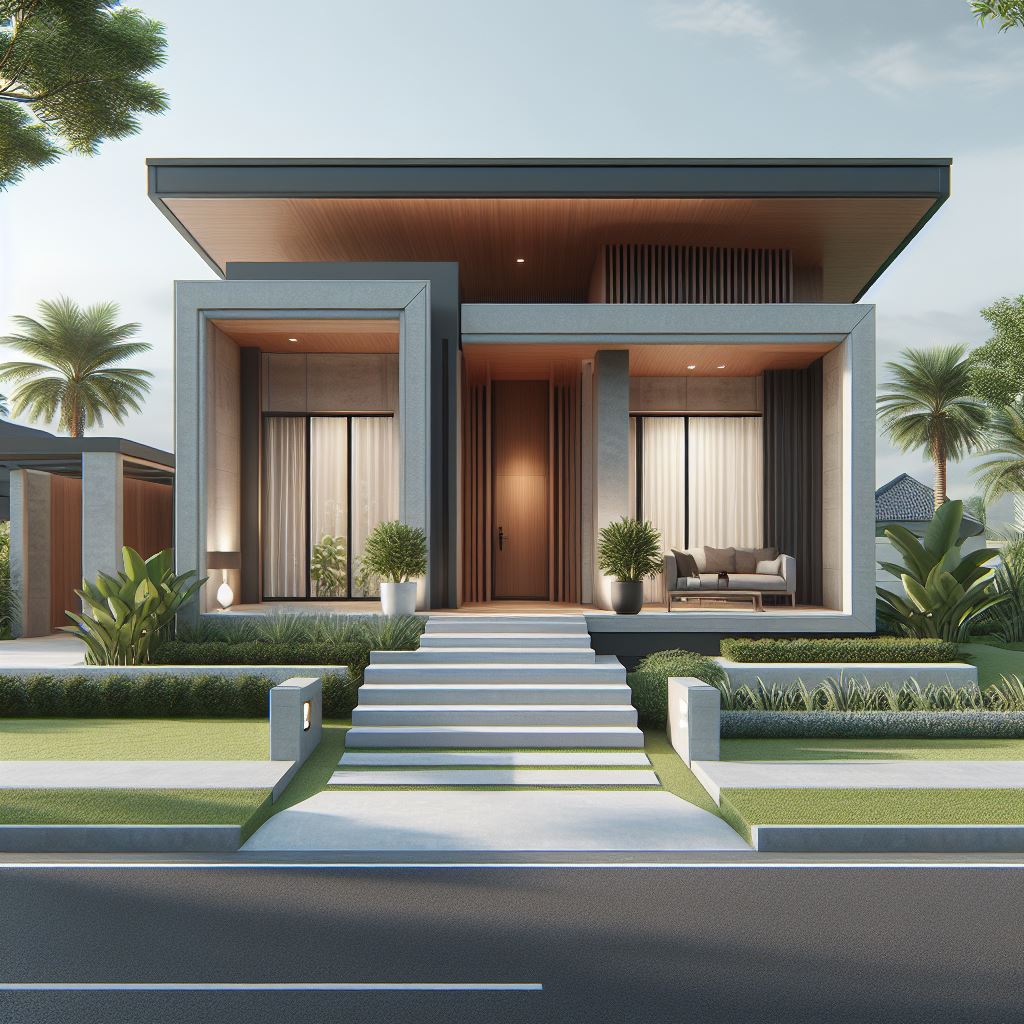
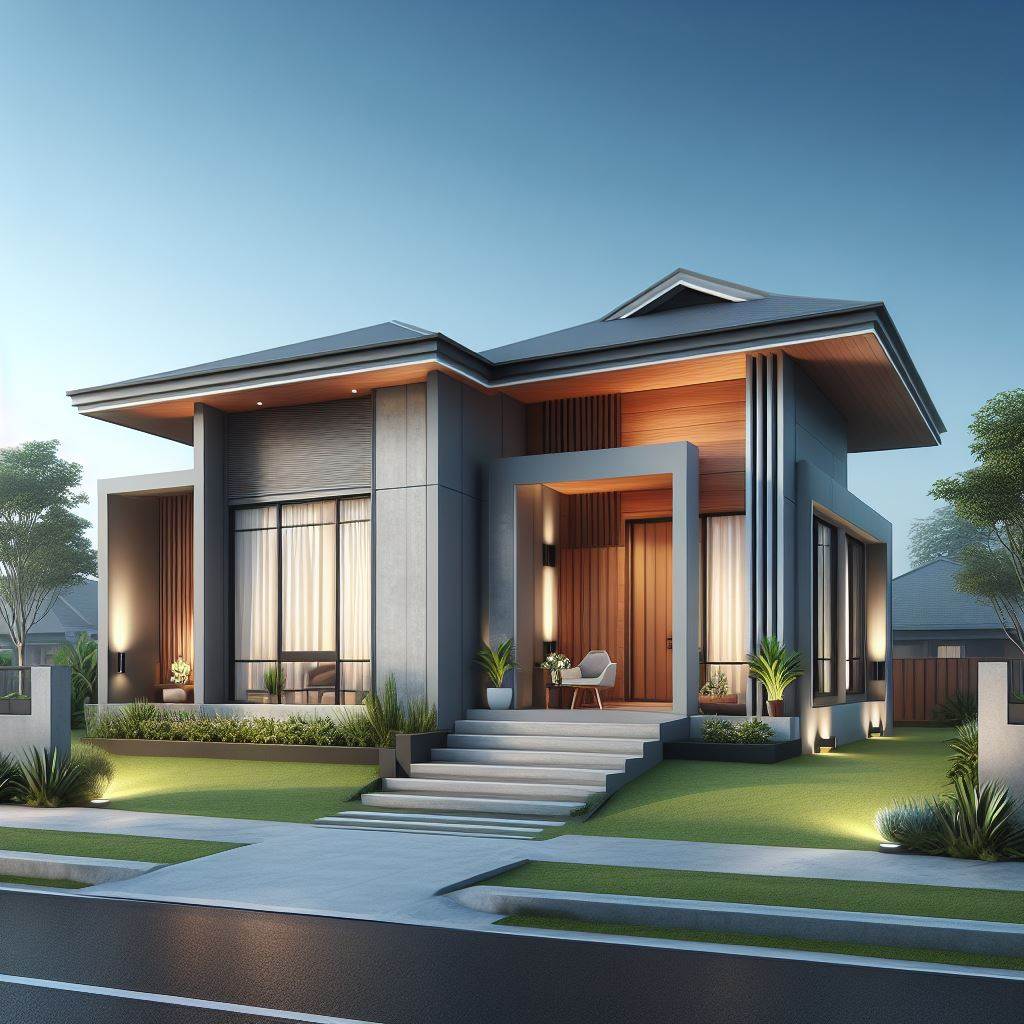
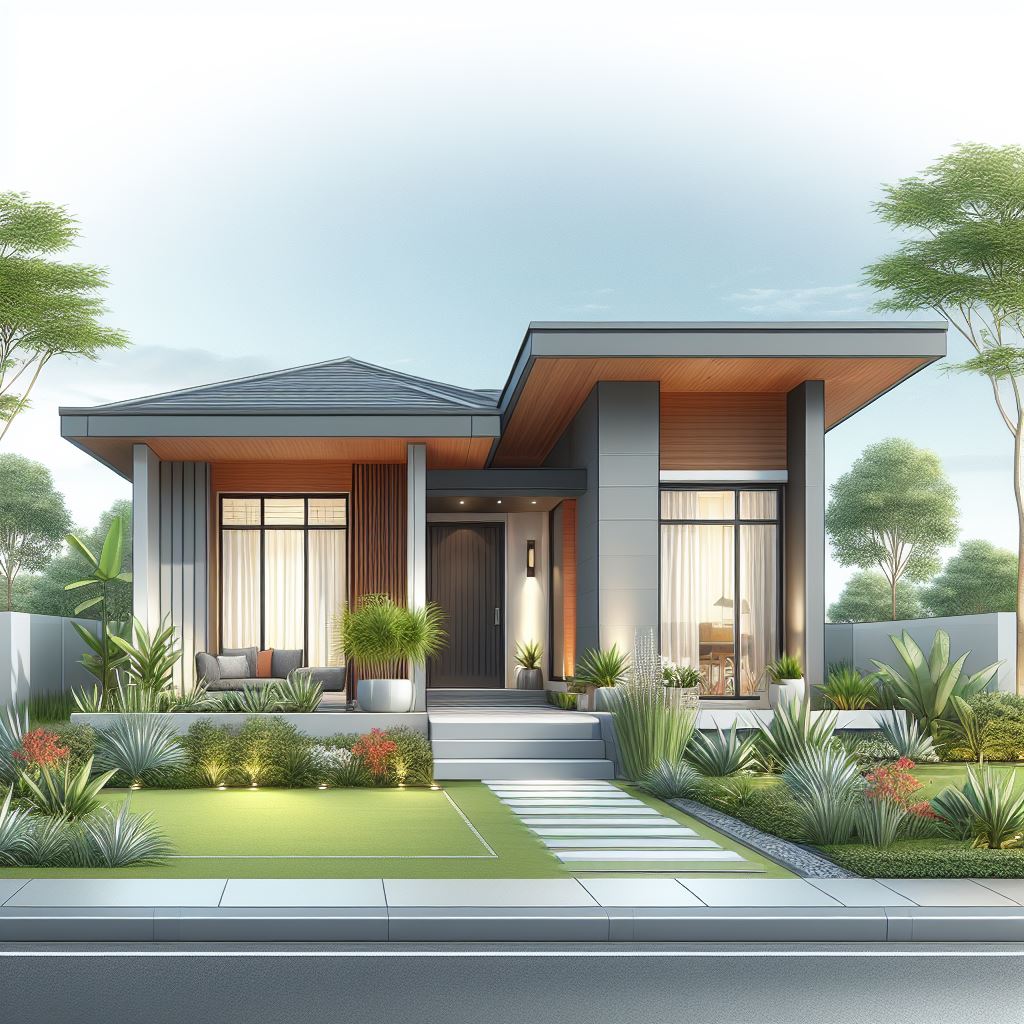
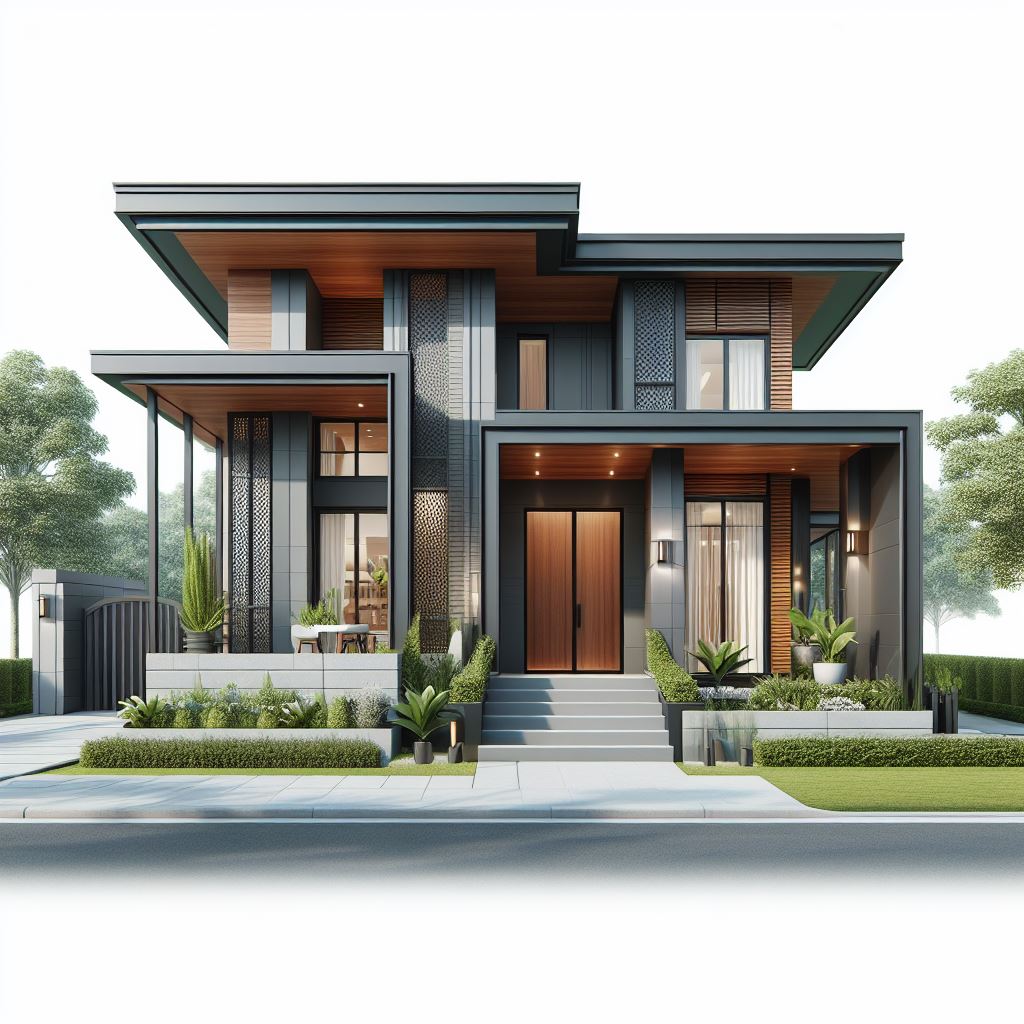
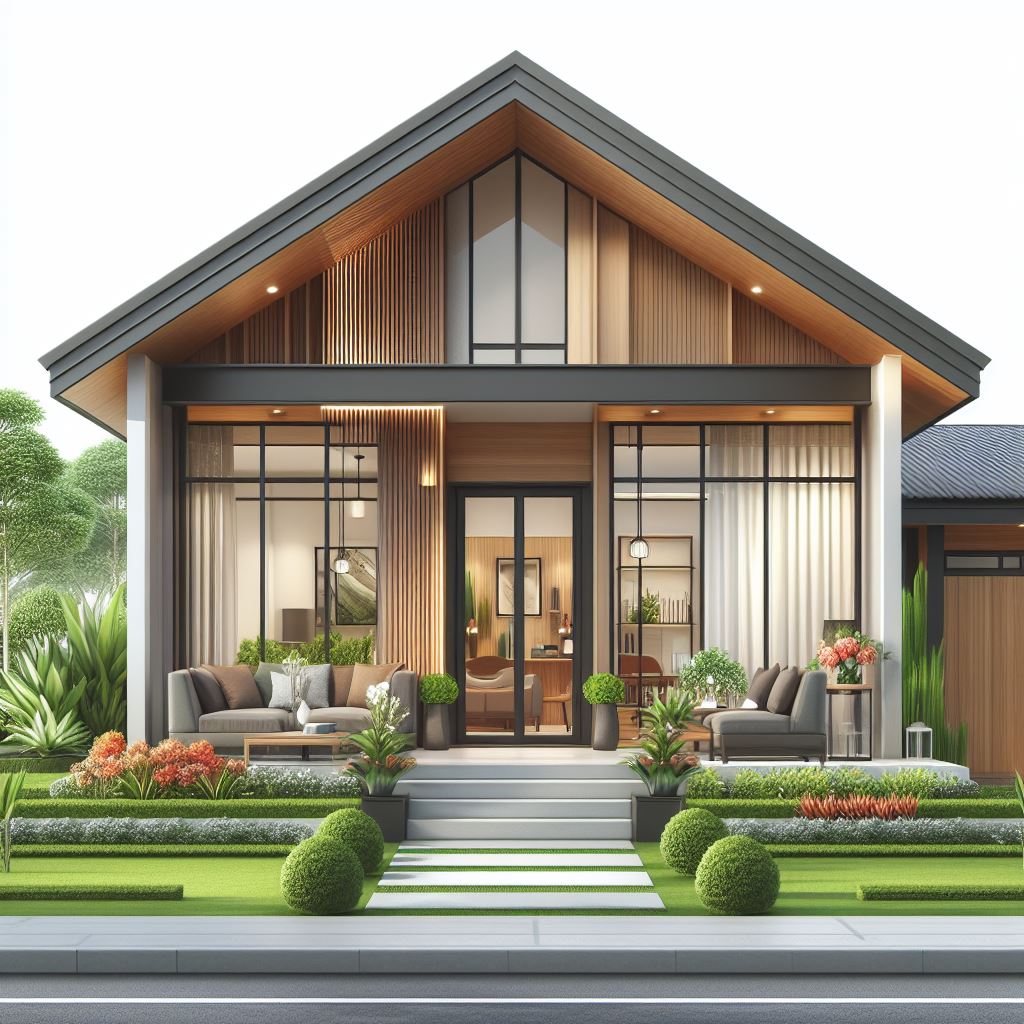
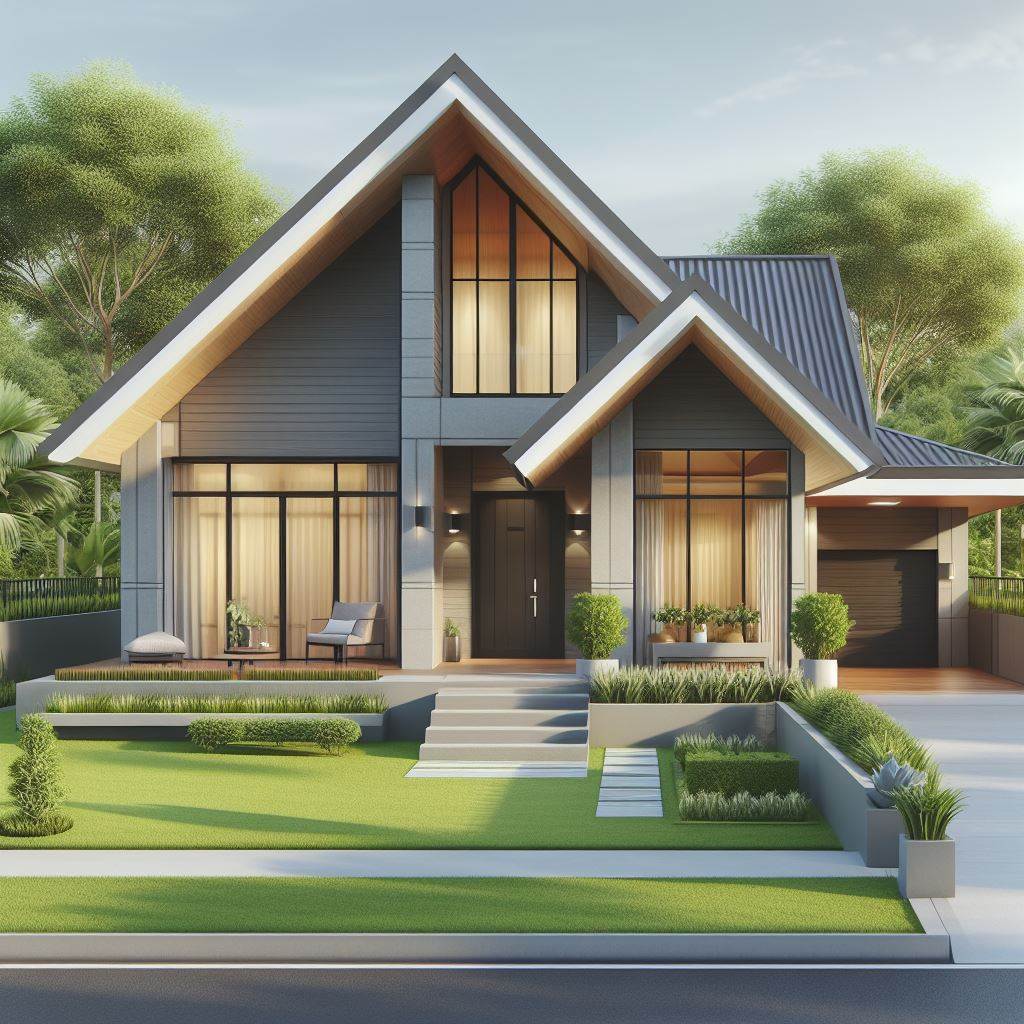
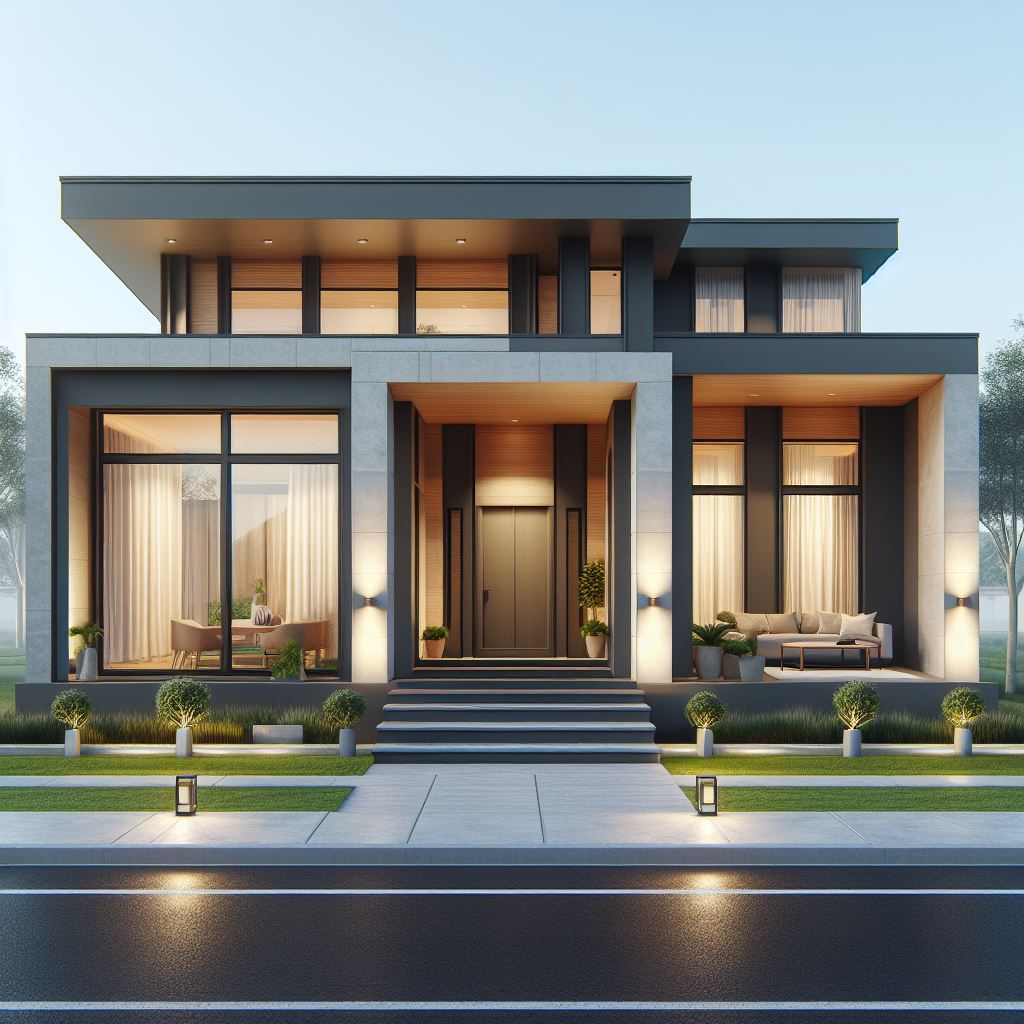
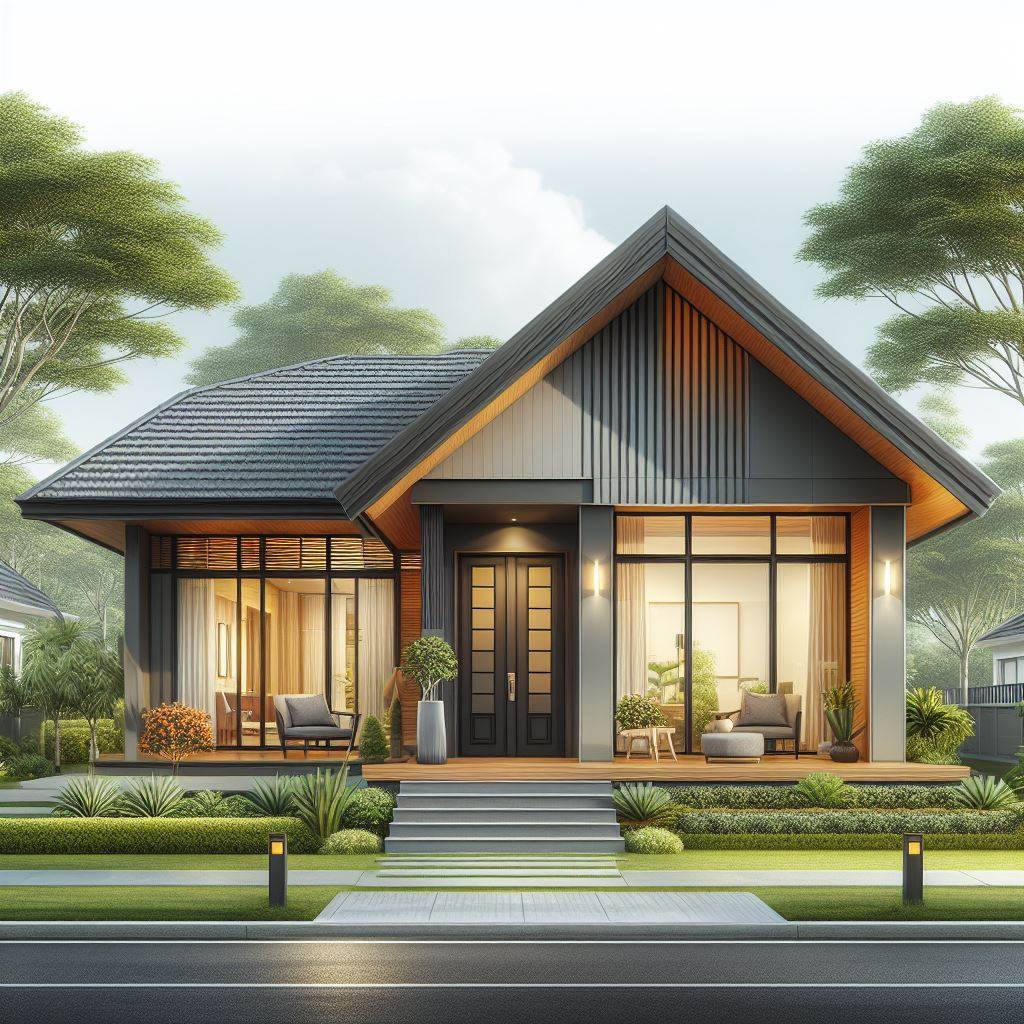
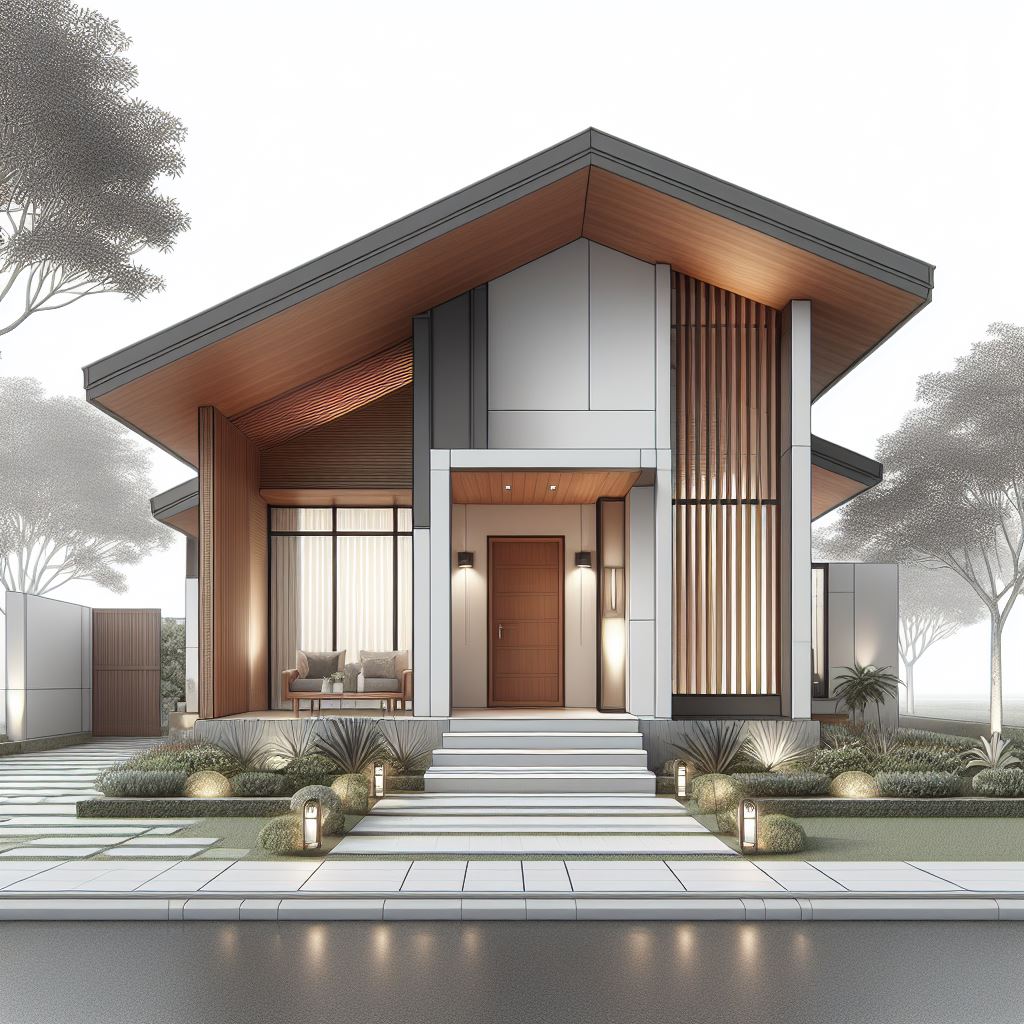
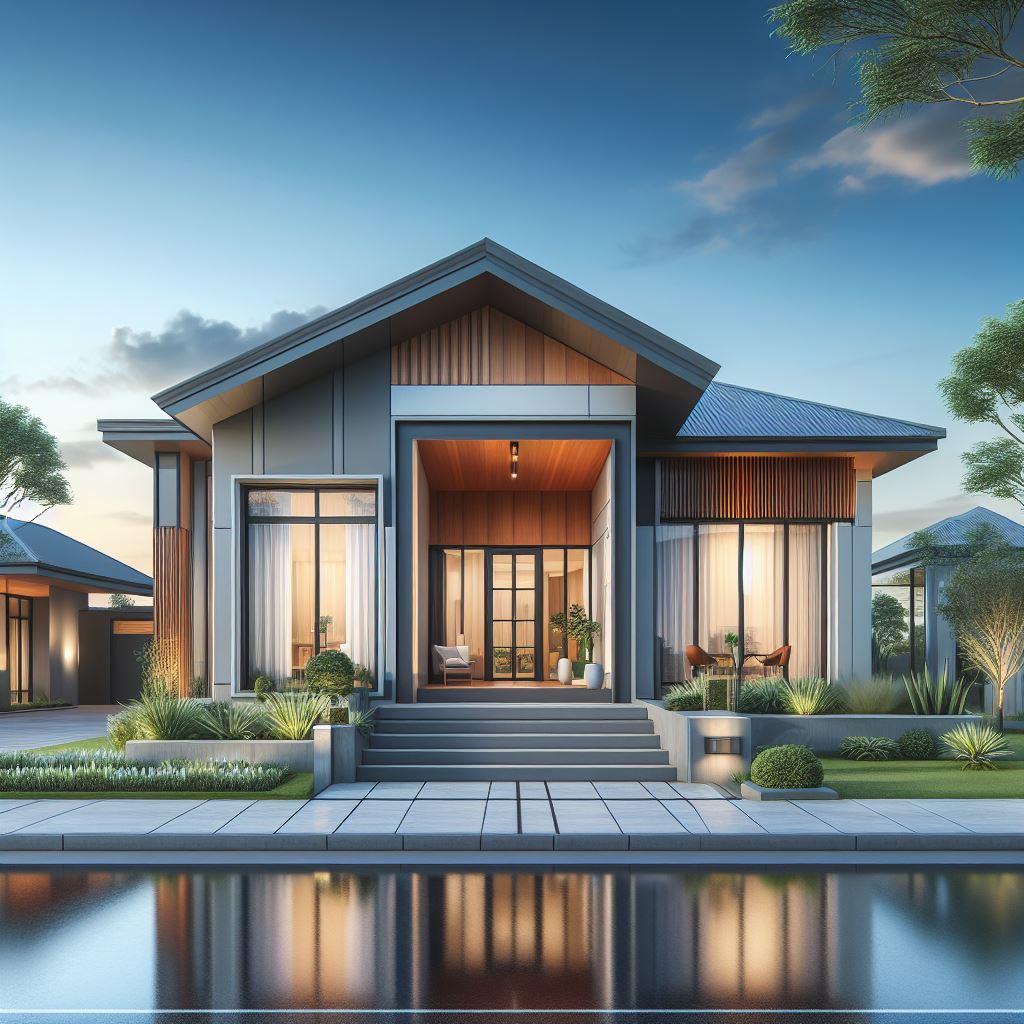
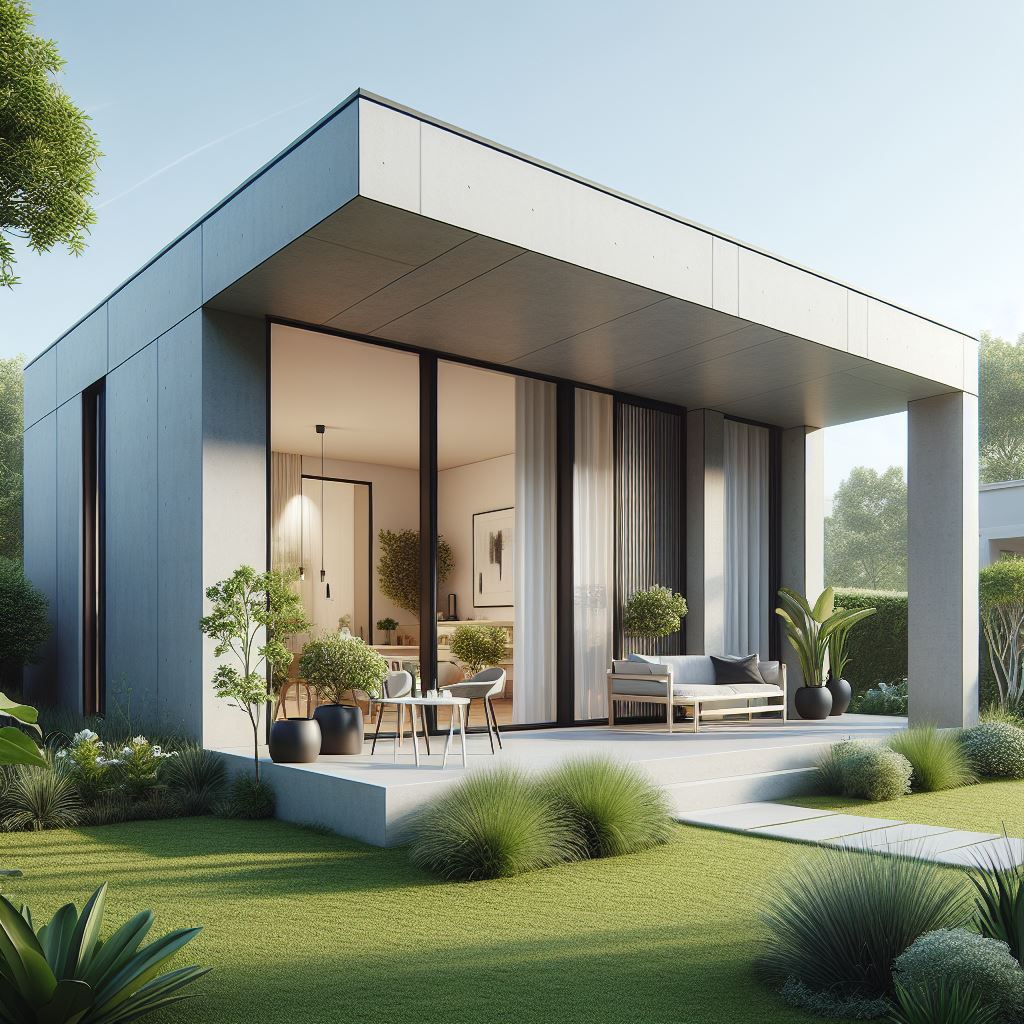
Creating Curb Appeal for One-Story Homes
A home’s front exterior, or facade, makes that all-important first impression. For single-story homes, the entryway and front of the house sets the tone for what people can expect inside. With some strategic design choices, you can maximize your home’s curb appeal. Follow these tips when planning your one-story home’s front exterior:
Focus on the Entry
The front door and surrounding entryway should feel inviting and functional. Make sure the door itself is prominent through accent colors or materials. Consider adding an overhang or porch cover to provide shade and weather protection. Wide front steps make carrying groceries and other items easy, while handrails can provide support and double as decorative elements. The porch gives you a place to relax outdoors while expanding the perceived size of your home. Size it to comfortably fit a few chairs or a bench.
Incorporate side yards or small “outdoor rooms” next to the main entry if space allows. These areas extend your living space outside and work well for additional landscaping. Visually link the interior floorplan to the exterior with paving patterns using materials like stone, brick, or concrete.
Use Simplicity and Symmetry
Stick with a simple, symmetrical layout for pleasing proportions. Too many different materials, colors, or architectural details compete for attention on a small single-story facade. Pick one or two complementary hues for the siding, trim, and accents. Popular options like light grey stucco, white or black window trim, and neutral colored doors work with a variety of home styles.
Let the front door make a statement with a darker, saturated color that pops against more subdued siding. Keep the lines clean and focus on high-quality construction techniques and finishes so the form speaks for itself. Avoid boxy, flat designs by incorporating visual interest through window placement, landscaping, and lighting.
Strategically Landscape
Carefully placed landscaping enhances curb appeal without obscuring the home. Evergreen shrubs, grasses, small trees, and perennials provide color and texture year-round. Place plants near corners, along walkways, and near the foundation. Address drainage issues to keep the entryway free of mud.
Potted plants on the front steps or porch add a welcoming touch of color. Yard tools and hoses should be kept out of sight. Any potential safety hazards need remediation, such as repairing cracked walkways. Remove overgrown bushes, dead trees, or anything else that looks unkempt.
Light the Exterior
Use lighting to highlight your home’s best architectural features. Uplighting in trees creates dramatic effects at night. Place fixtures along pathways to improve visibility and safety. Use wall sconces or other accent lights near the entry. This also increases security, which is especially important for single-story homes.
Install technology like smart bulbs to control lighting effects and schedules. Photocell dusk-to-dawn lights turn on automatically at night. LEDs consume less energy and last longer than incandescent. Make sure fixtures don’t point toward the street or cause glare for neighbors.
Incorporate Visual Interest
Look for ways to enhance the exterior that align with your personal tastes. Water features like small fountains make pleasant focal points. Weathervanes, address plaques, and planter boxes add personality. If space allows, incorporate an outdoor living area with a fire pit, grill station, or pergola.
Visually extend interior flooring outside through porches, patios, or walkways using stone, pavers, stamped concrete, and similar materials. Repeat exterior finishes like siding on ancillary structures such as storage sheds. Including too many different design elements can look busy, so edit items down to a cohesive look.
Blend Indoor and Outdoor Living
Take advantage of single-story layouts by blending interior and exterior living spaces. Large windows and glass doors connect the two while bringing in natural light. Track lighting extends under eaves to eliminate dark corners.
Standard ceiling heights may feel restrictive, so opt for raised ceilings and taller windows to open up the space. Install window boxes or hanging plants outside to soften walls. Continue flooring materials from indoor rooms onto adjacent patios or porches. The goal is a seamless indoor-outdoor flow.
Modernize Traditional Looks
Incorporate contemporary finishes to freshen up more classic home styles. For farmhouse inspired designs, wide front porches paired with metal roofing or wood siding maintain charm. Prairie style homes benefit from lots of windows and neutral colors mixed with bolder accents.
Ranch houses can feel more modern with the addition of horizontal siding, stacked stone, or a contrasting vertical element like a tower. Always check HOA requirements for exterior renovation if part of a homeowners association.
Pick Timeless Over Trendy
While you want your home to look updated, be wary of design fads that may fade. Unique color schemes or unusual roof lines could negatively impact future resale value. Seek inspiration from enduring architecture in older neighborhoods, which have stood the test of time.
Mix modern and traditional elements like clean lines and simple forms with natural materials and textures. High-quality construction, regardless of style, has long-lasting appeal. Focus on creating a cohesive, livable design suited to your needs.
Consider Future Expansion
If you think you may expand or renovate down the road, build that into your initial plans. Determine where potential additions could be located. Prepare infrastructure like electrical, plumbing, and HVAC so it’s ready when you are. Pay attention to sight lines from interior spaces so future additions don’t clash or obstruct views.
Ample outdoor space allows for remodeling, accessory structures, or amenities. Just be sure to follow permitting and zoning laws. The goal is designing a facade with the structural elements and layout to accommodate changing needs over time.
Curb appeal draws people in, so make the most of your home’s front exterior. Careful planning and design can take your one-story house from drab to dramatic. Follow these tips to highlight the home’s best features while reflecting your personal style. A well-executed entry and facade represent your home well and create an inviting first impression.
Check out other designs directly from your cellphone via WhatsApp Channel: https://whatsapp.com/channel/0029VaASACYFXUuYULZWe939.

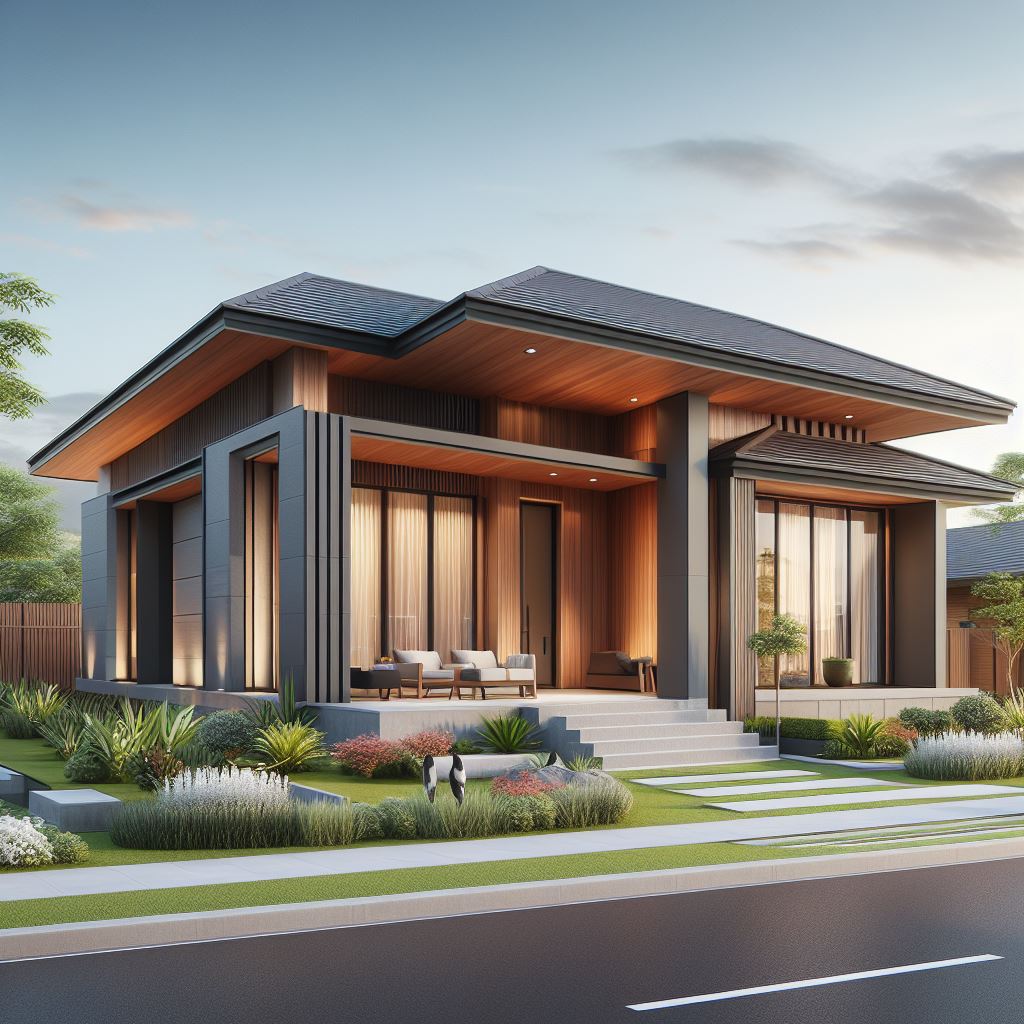
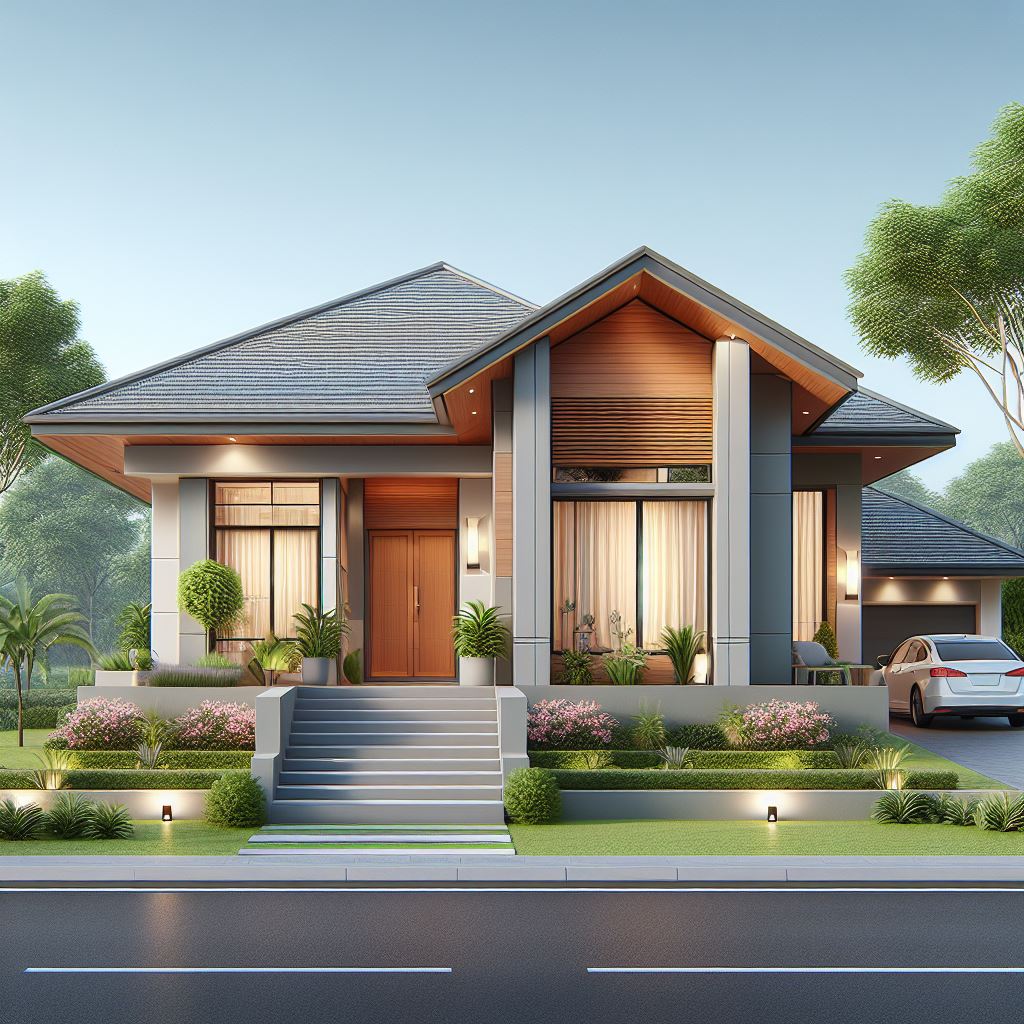
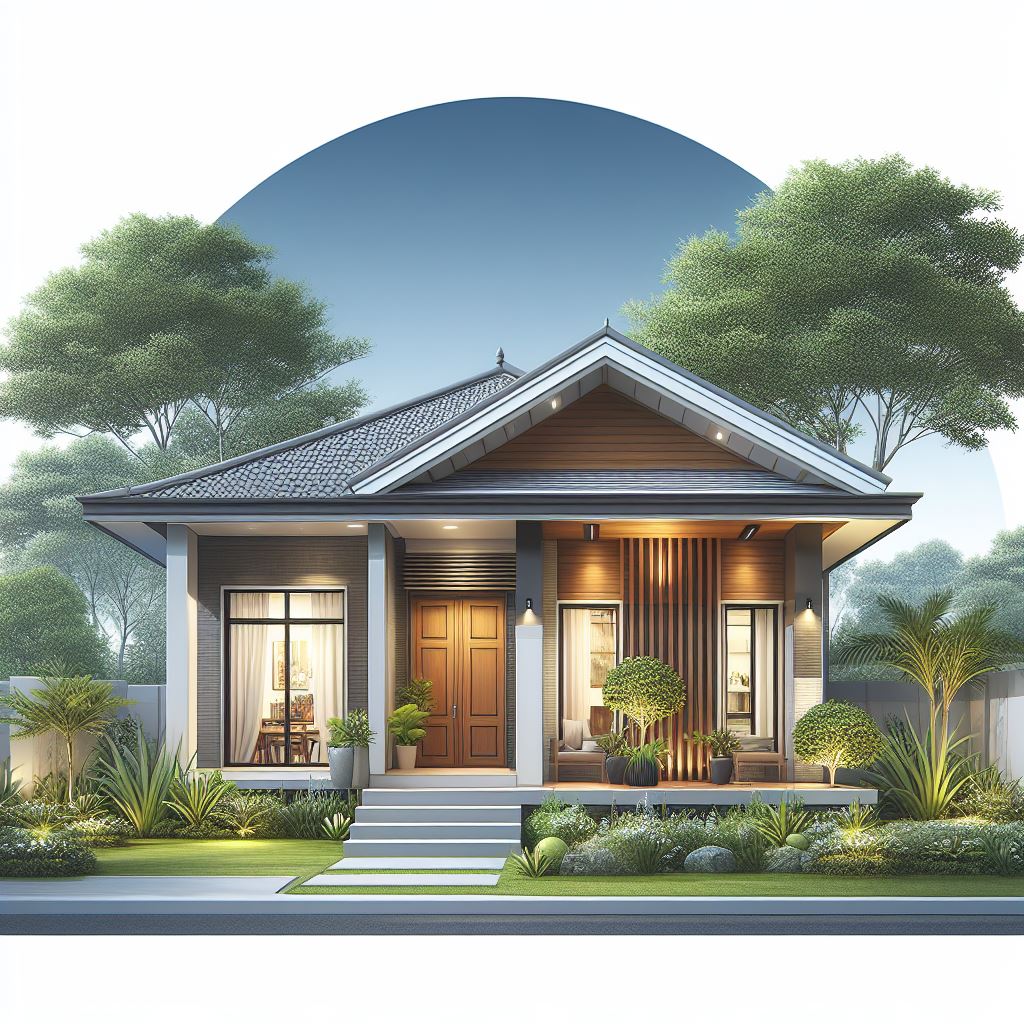
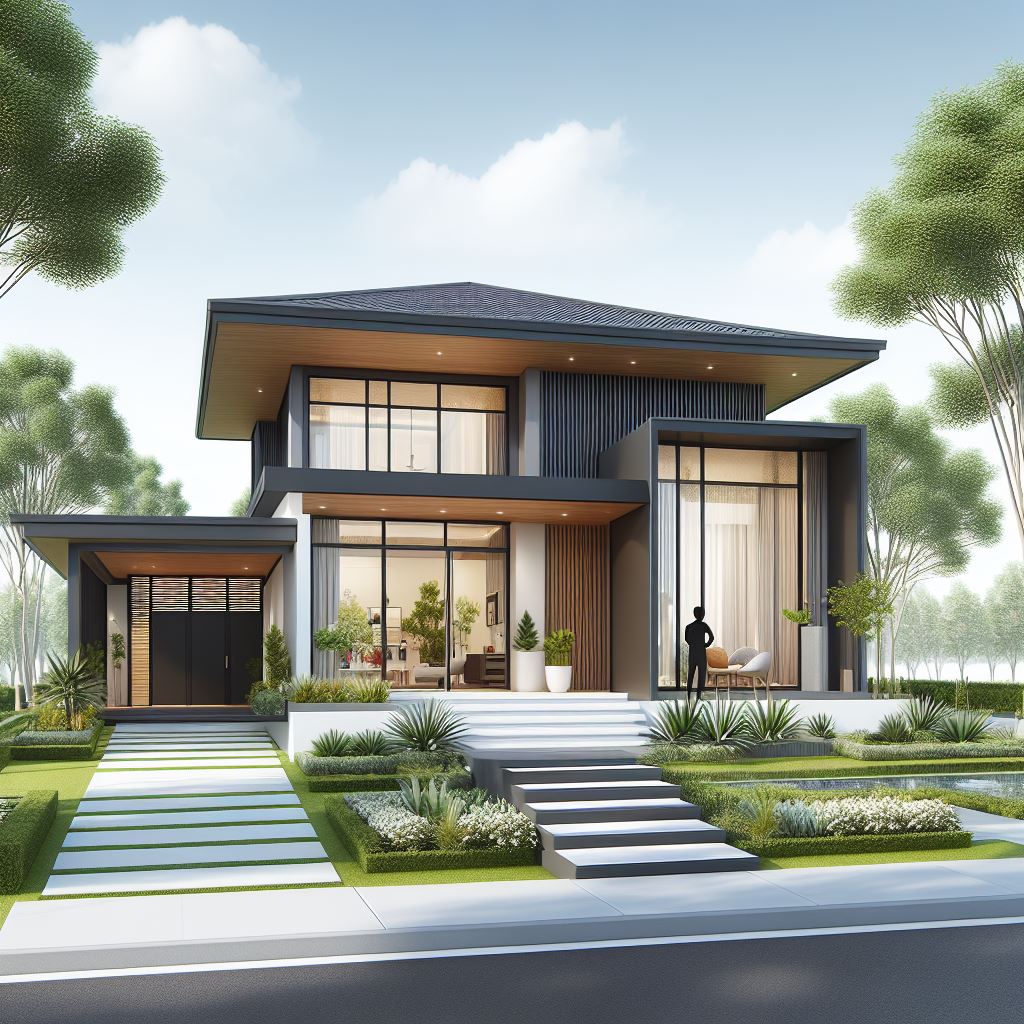
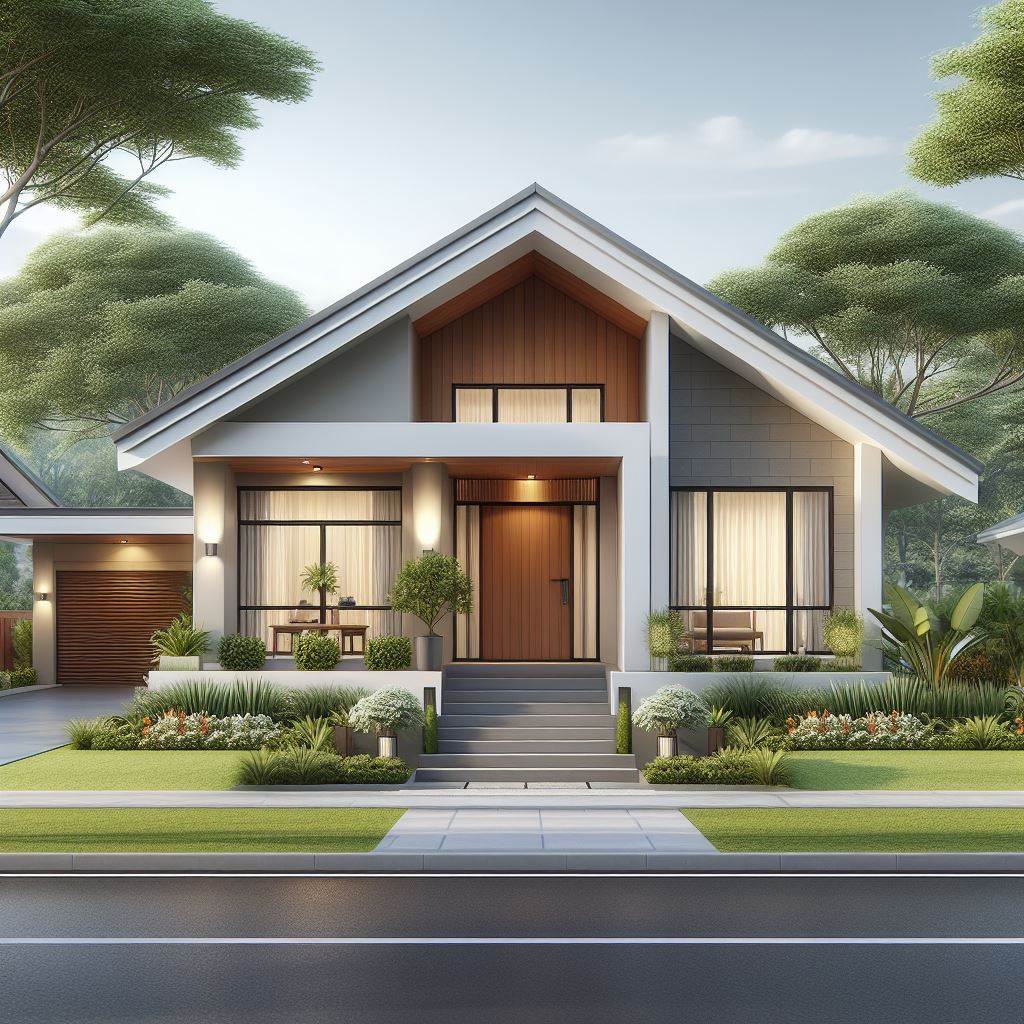
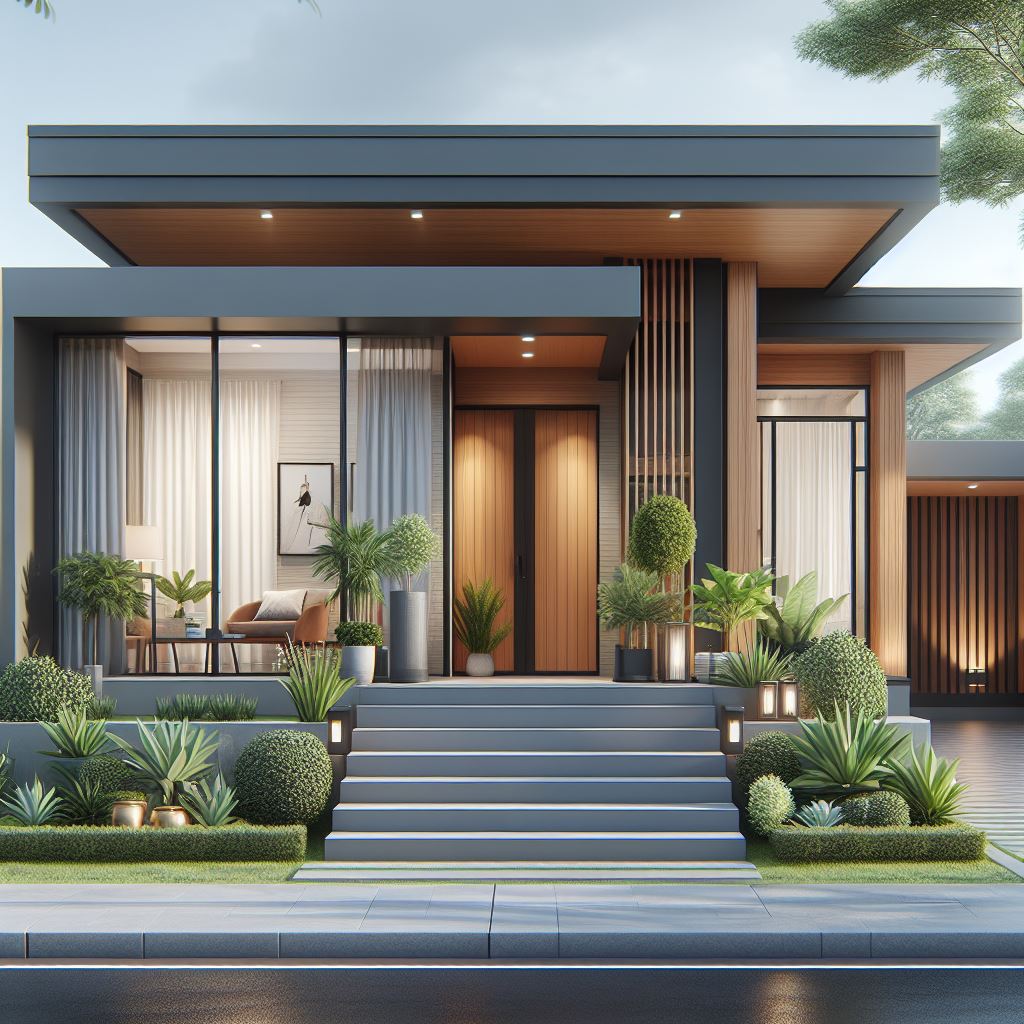
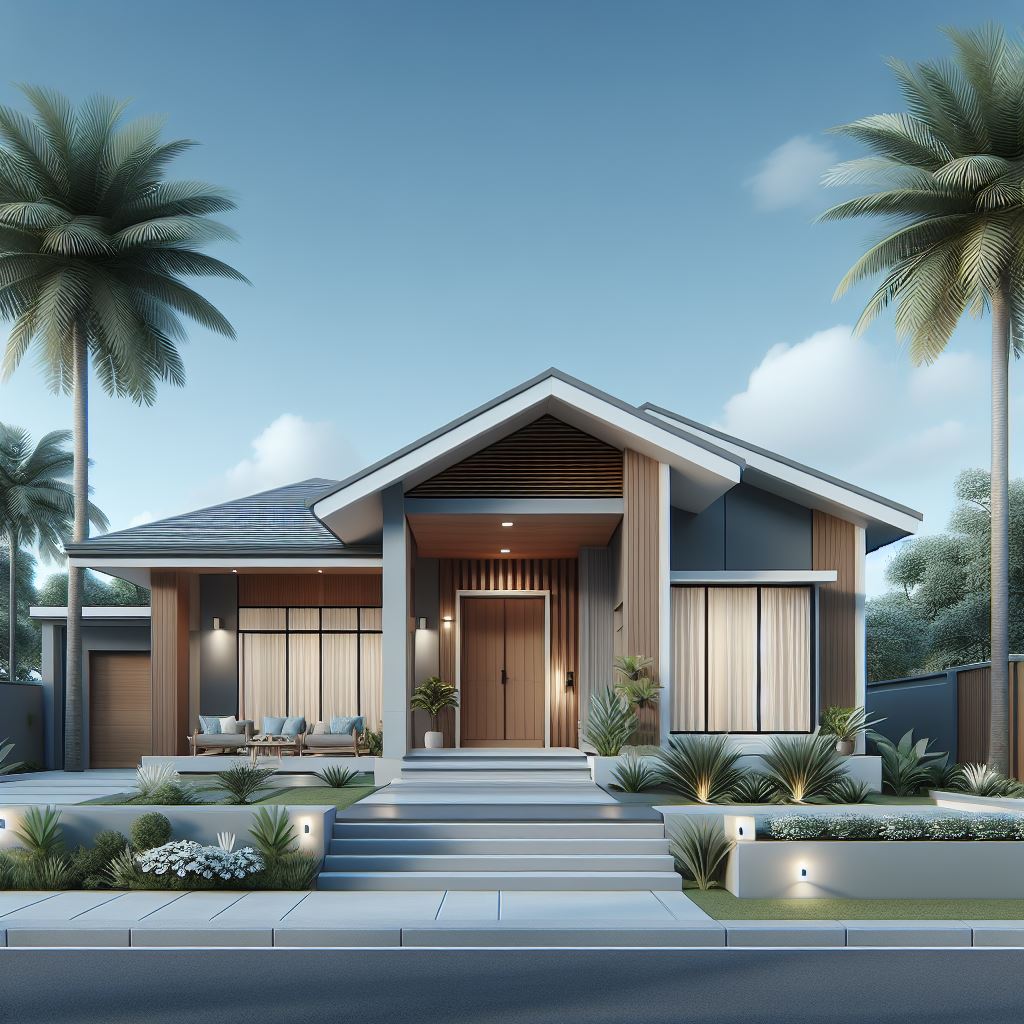
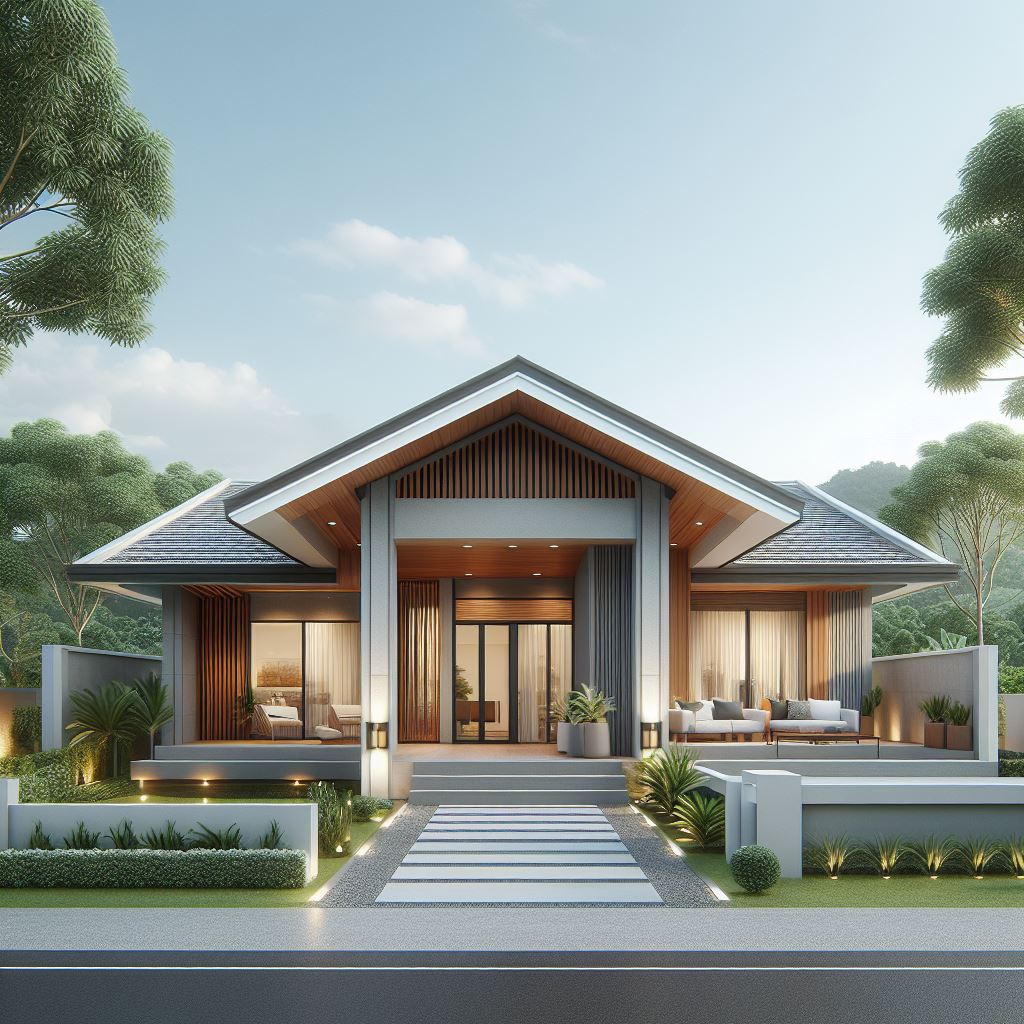
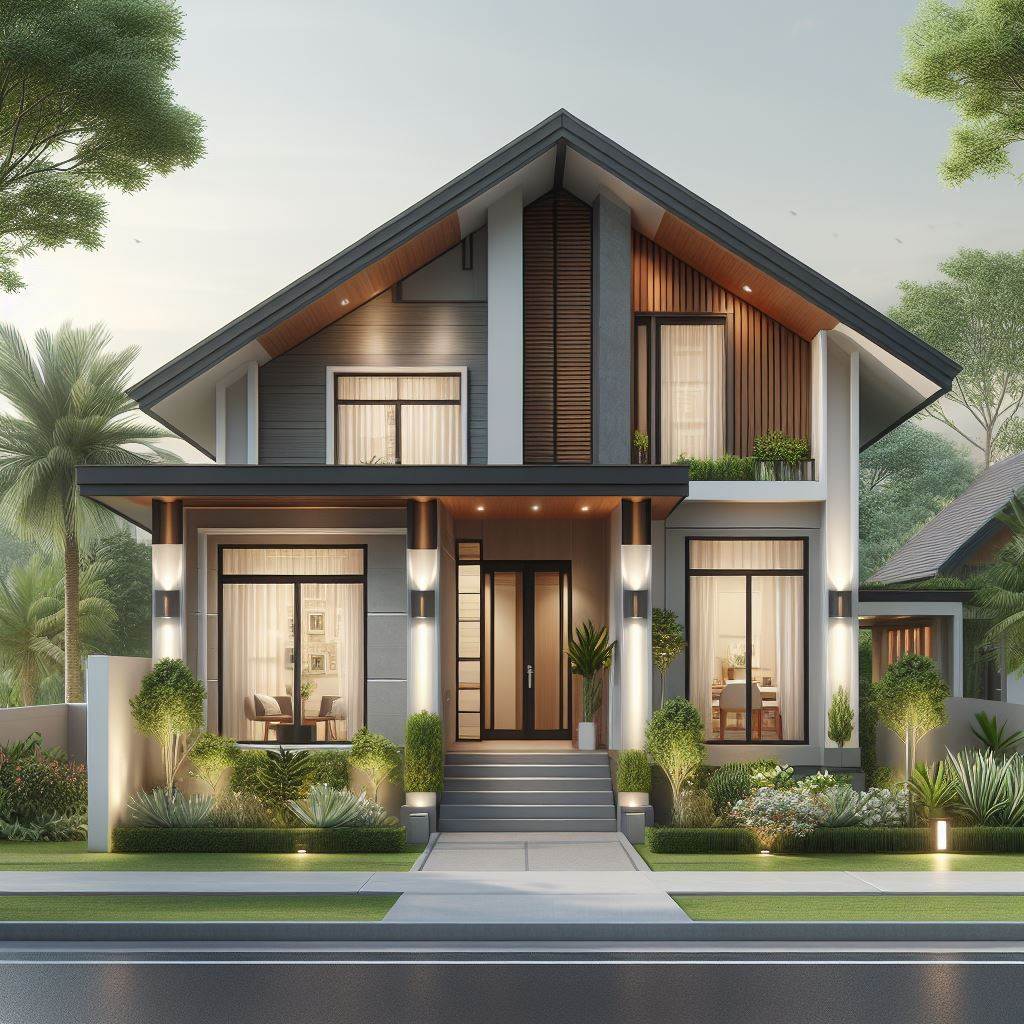
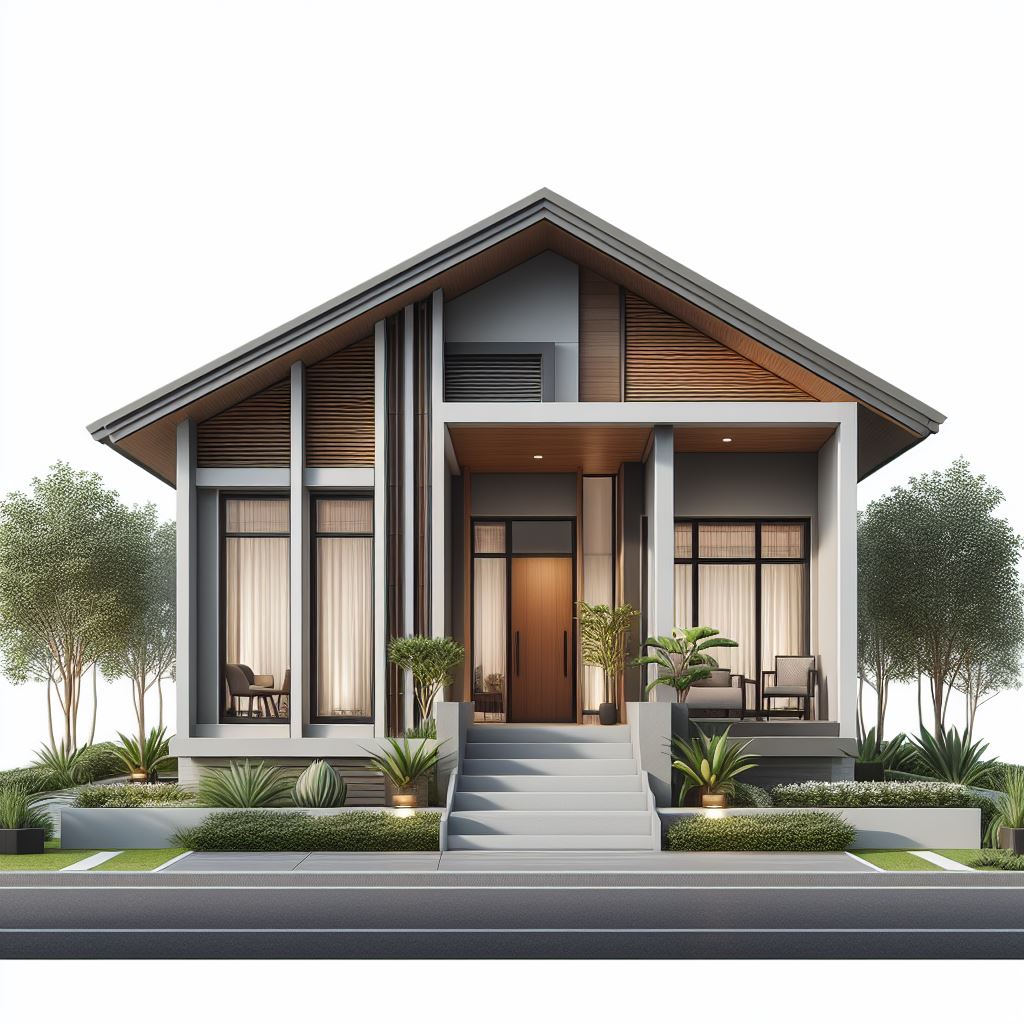
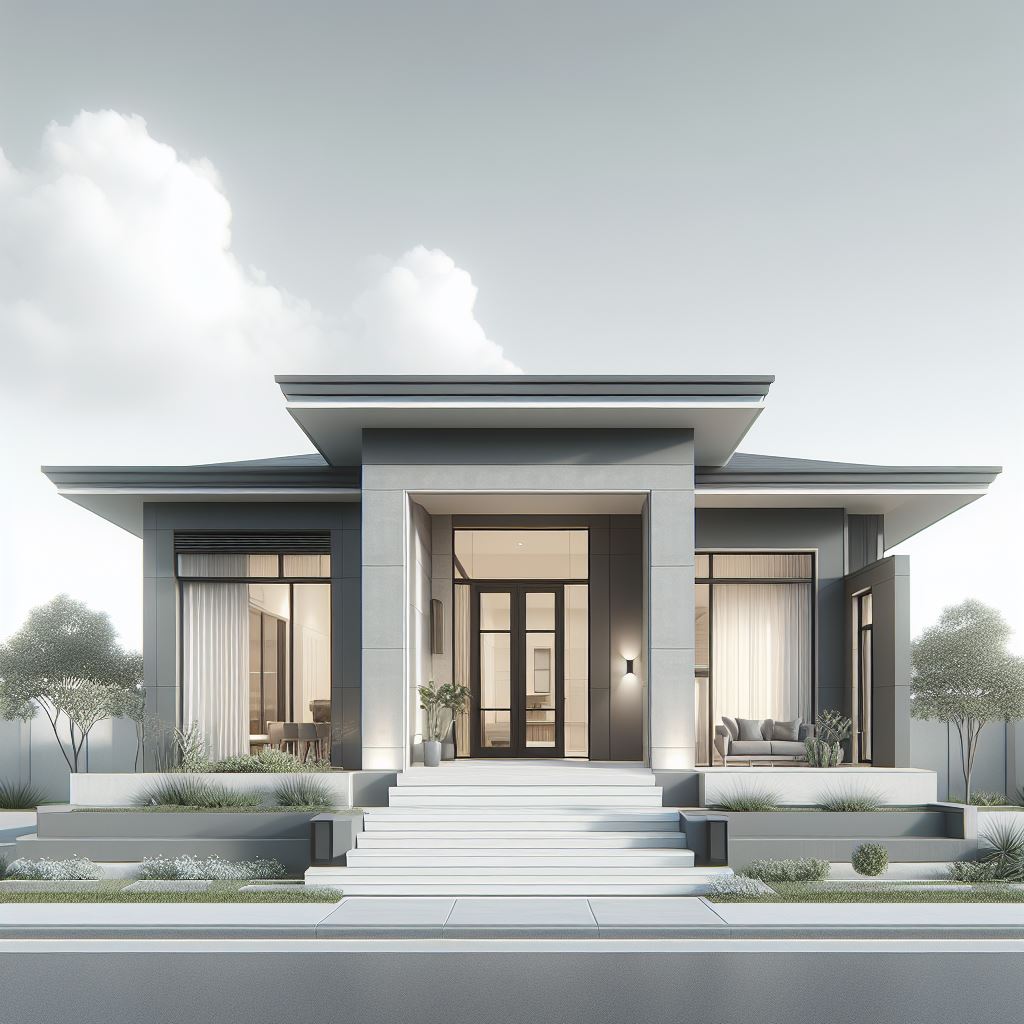
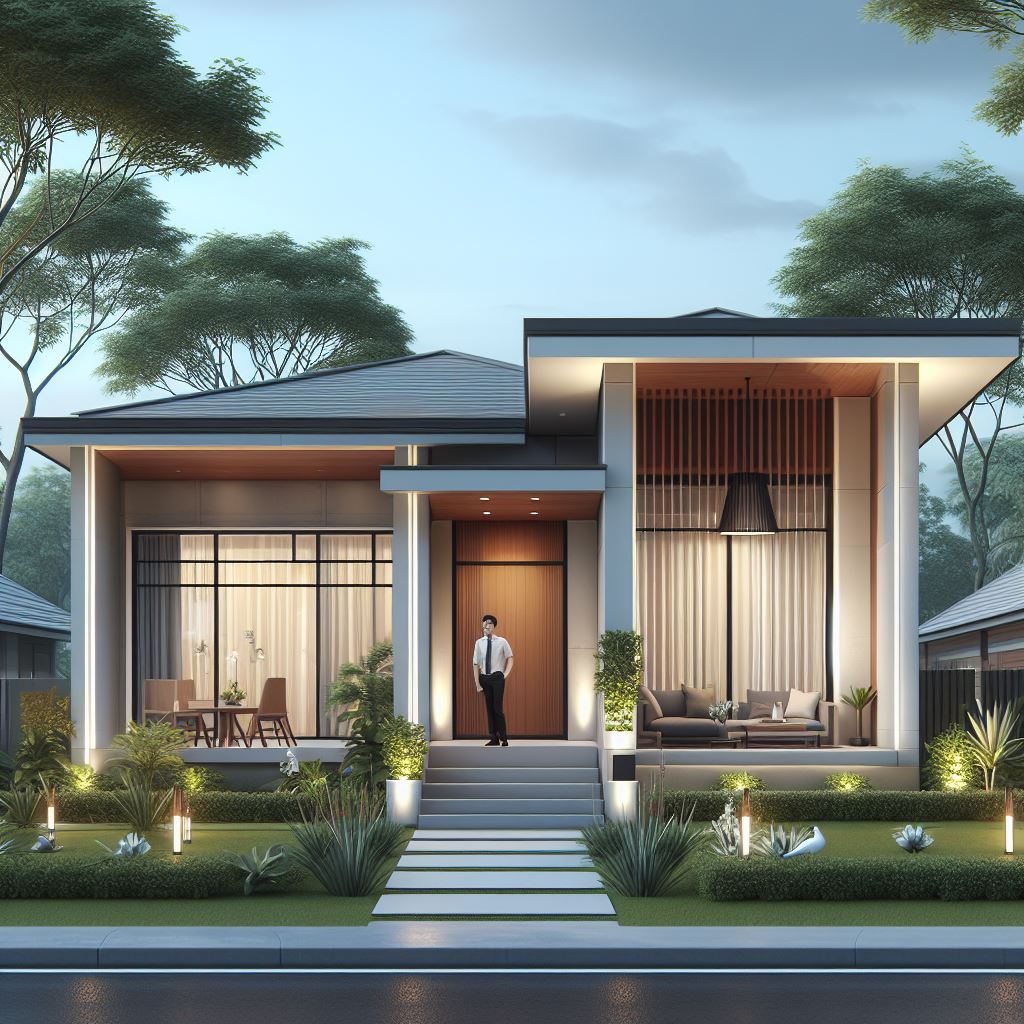
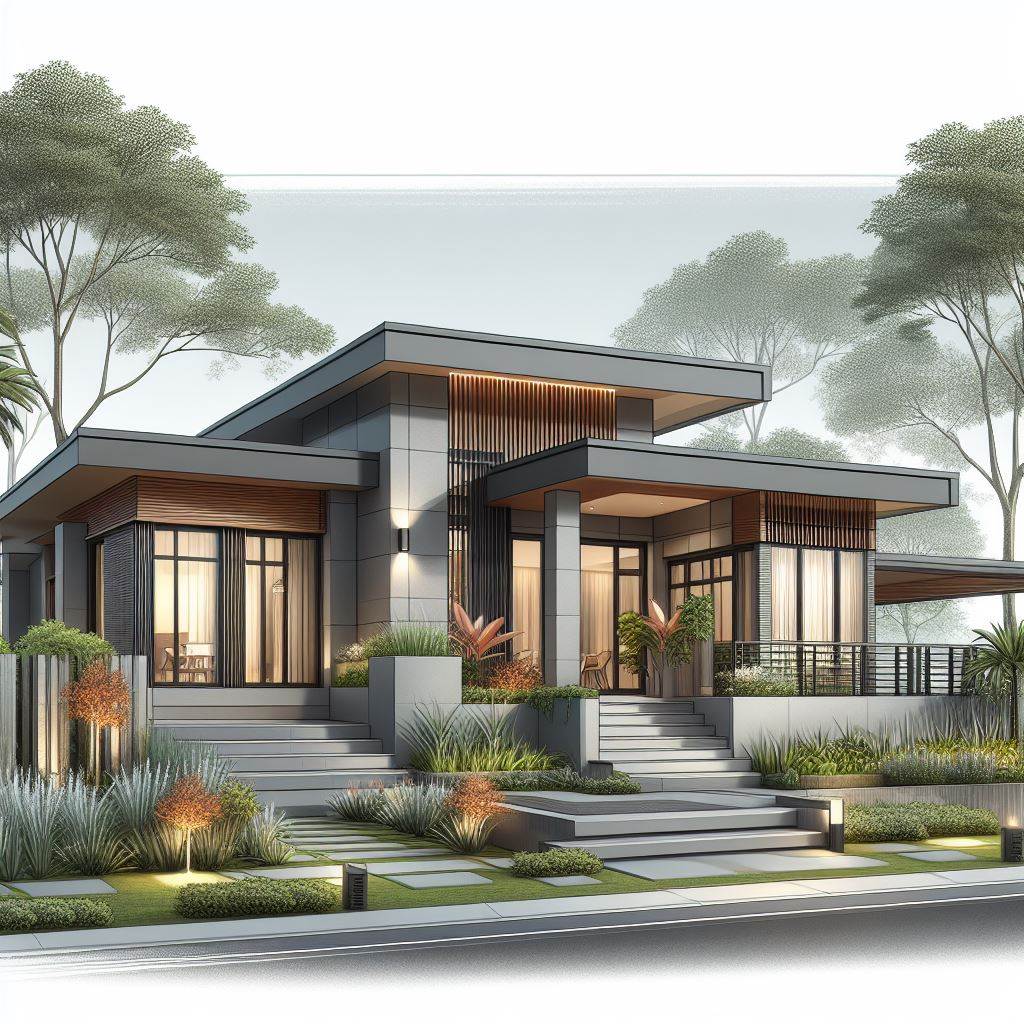
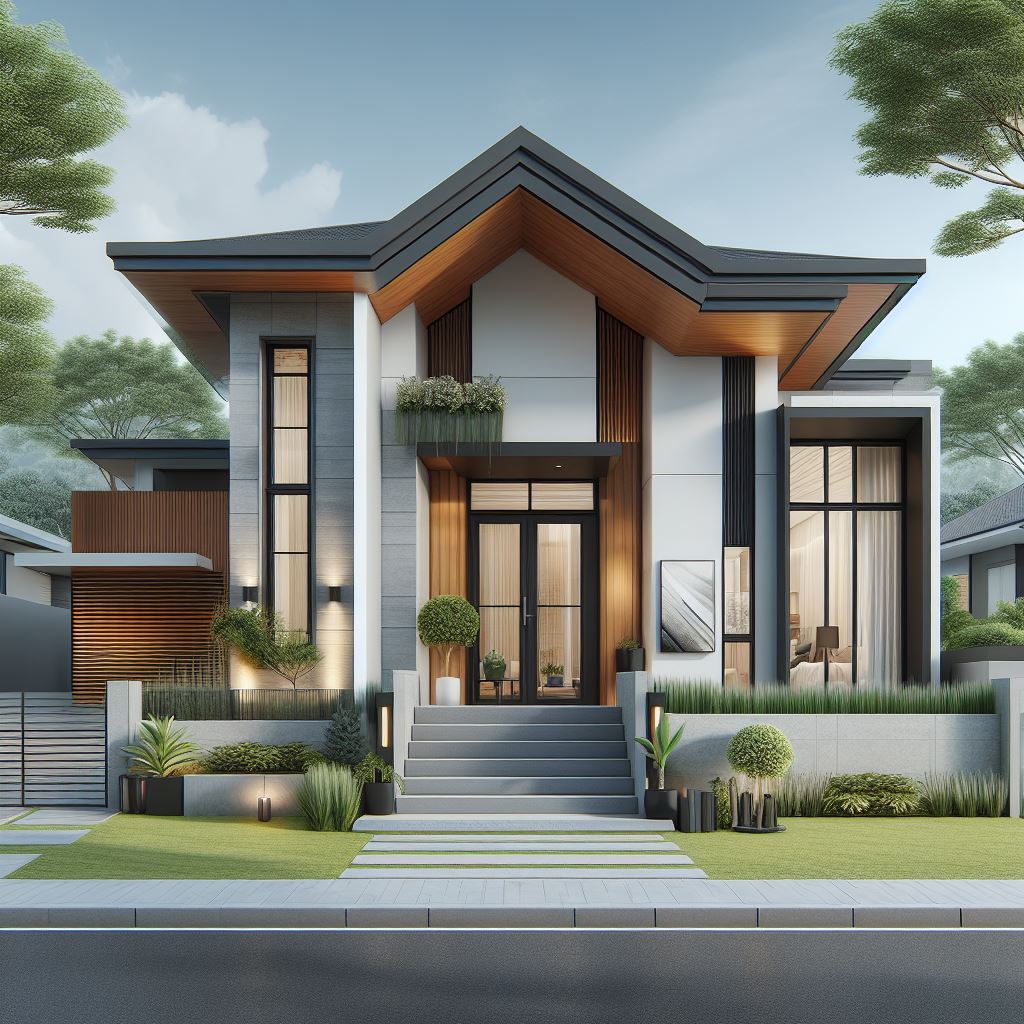
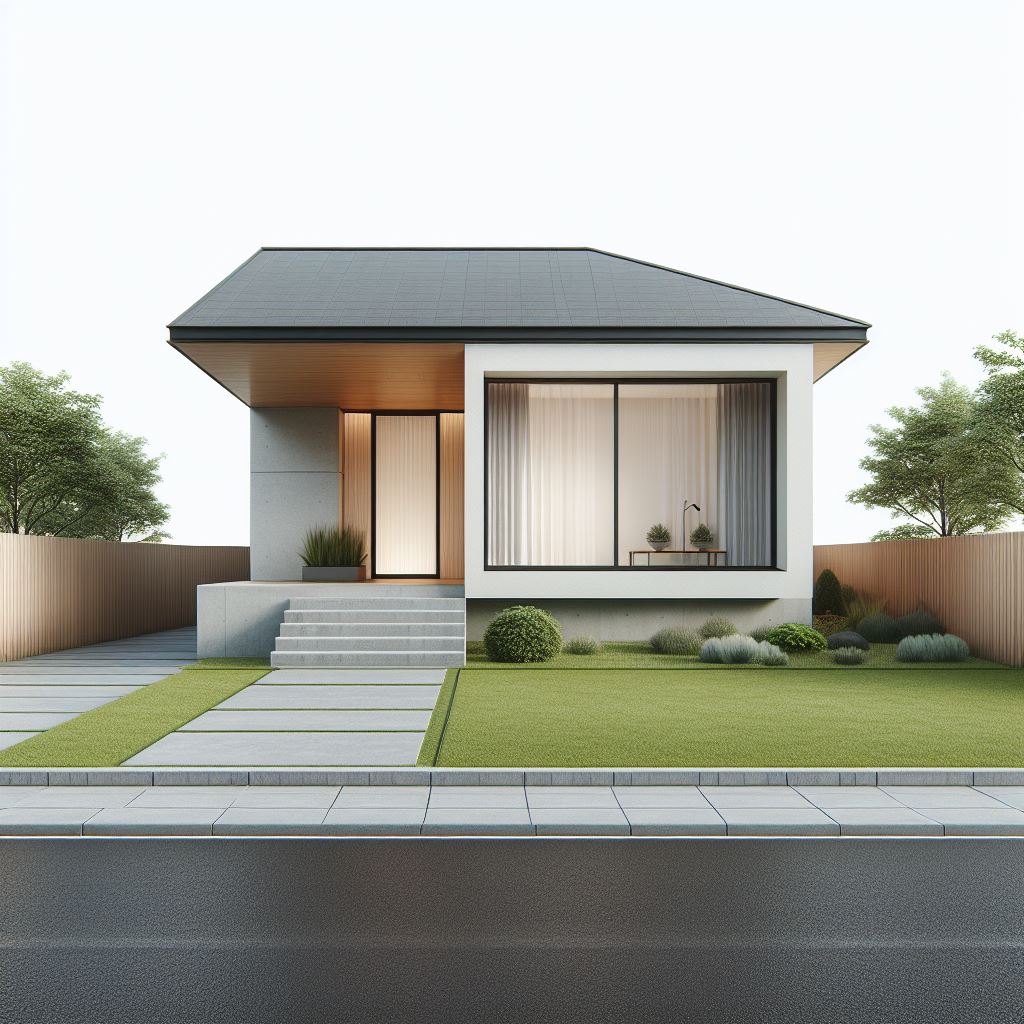
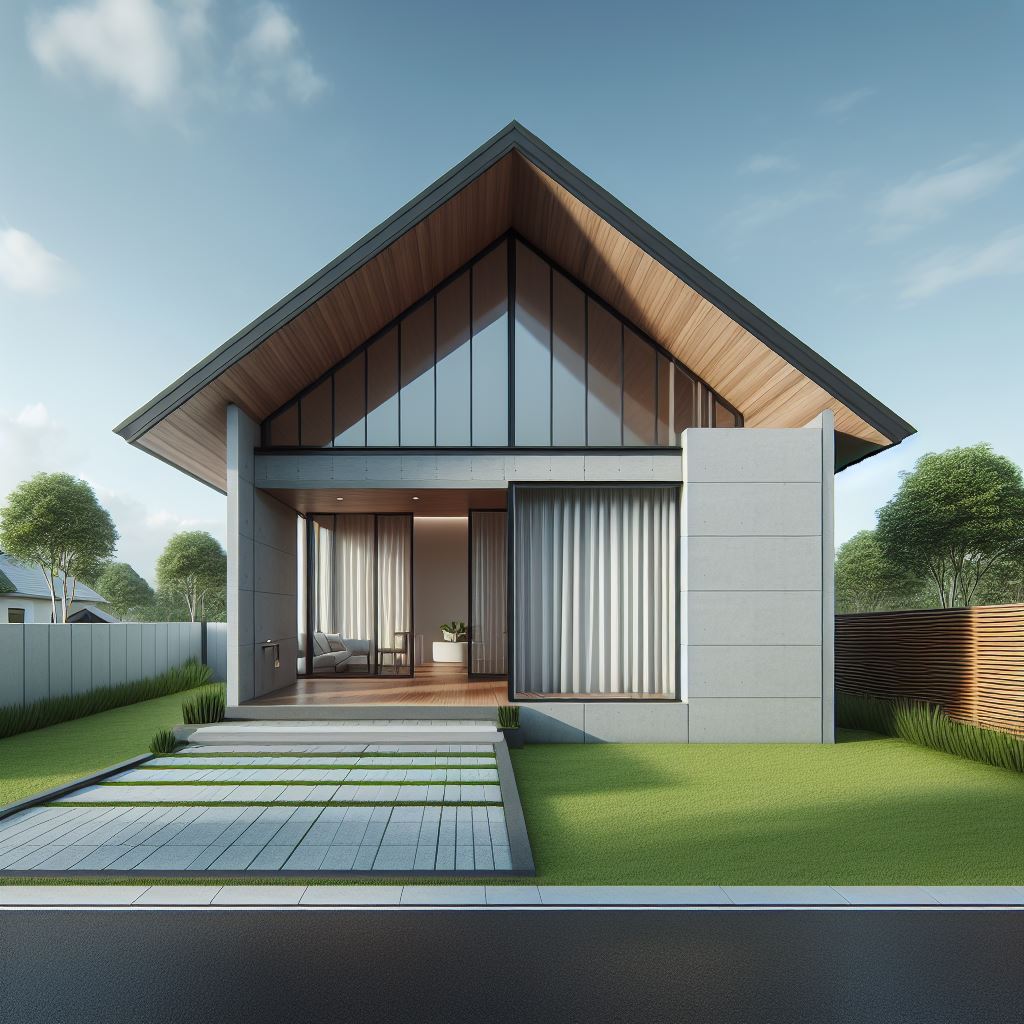
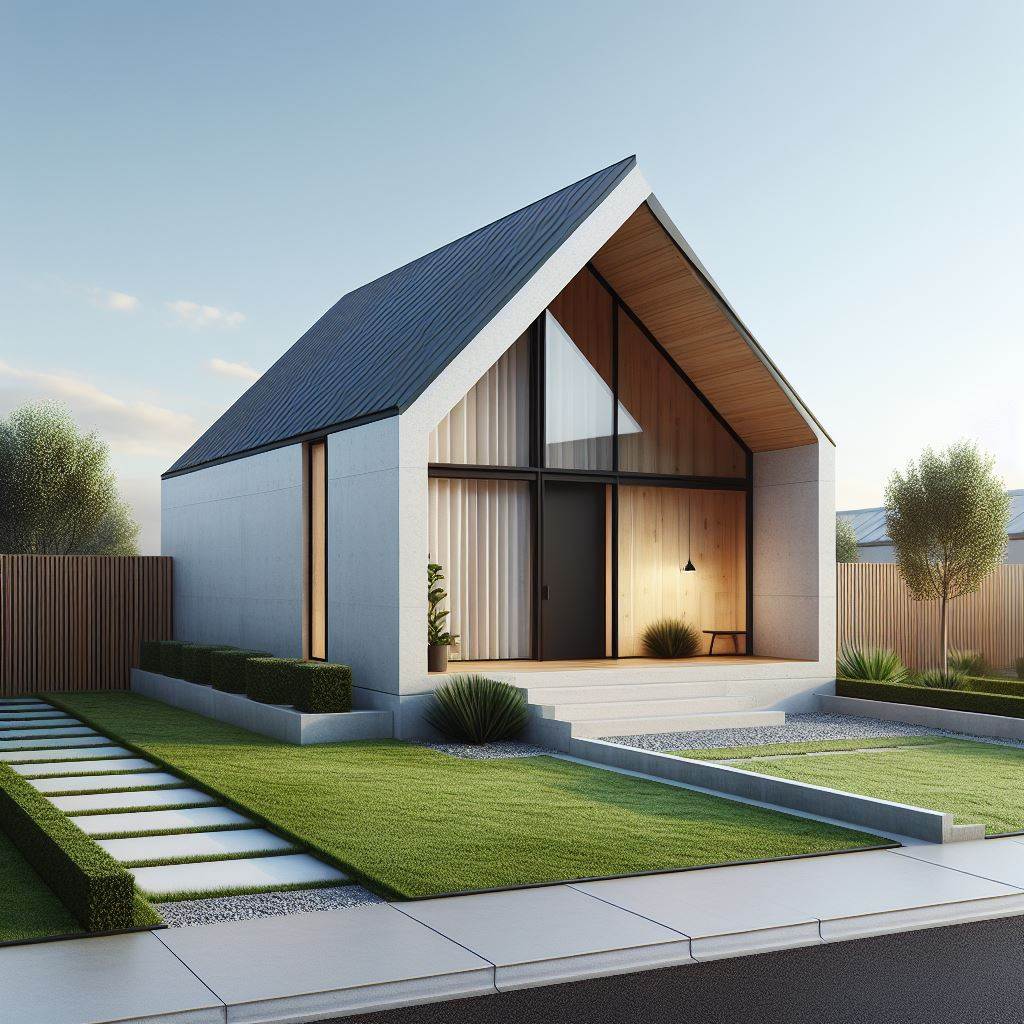
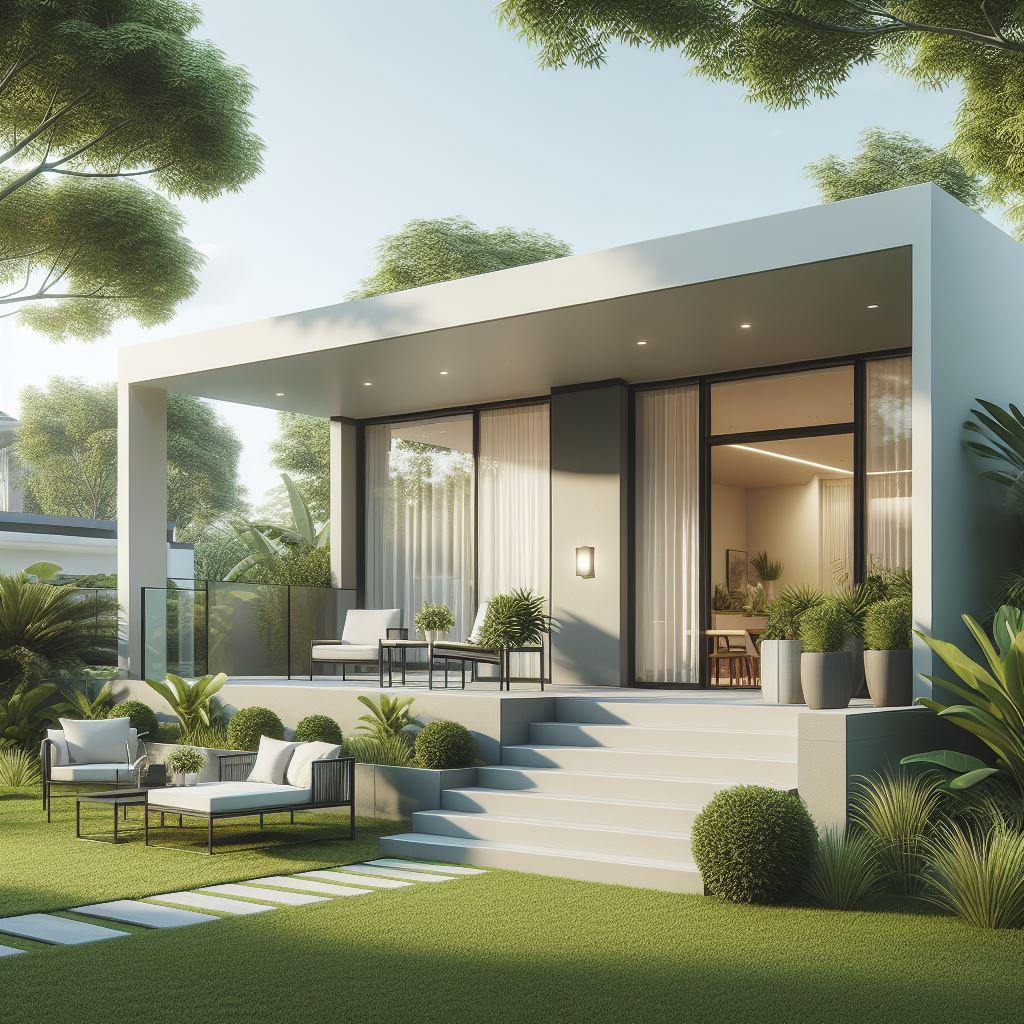
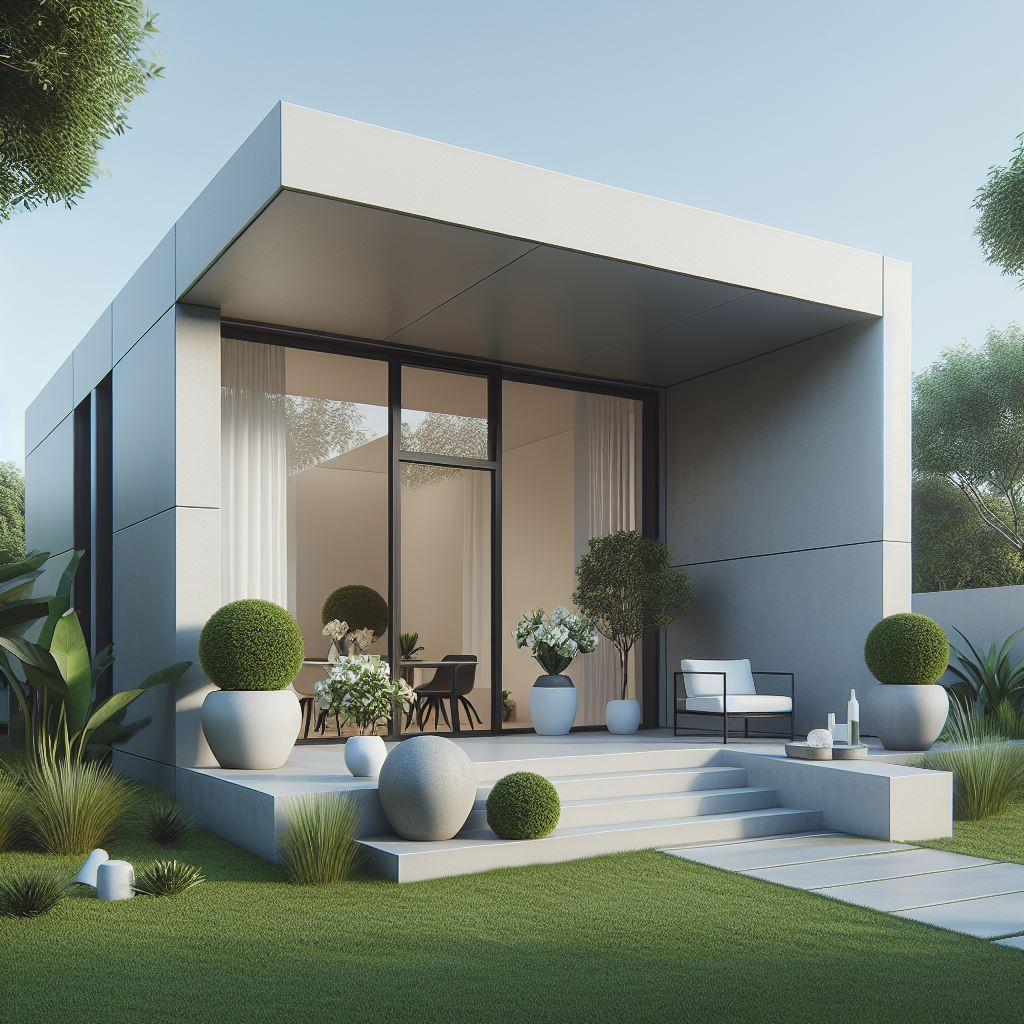
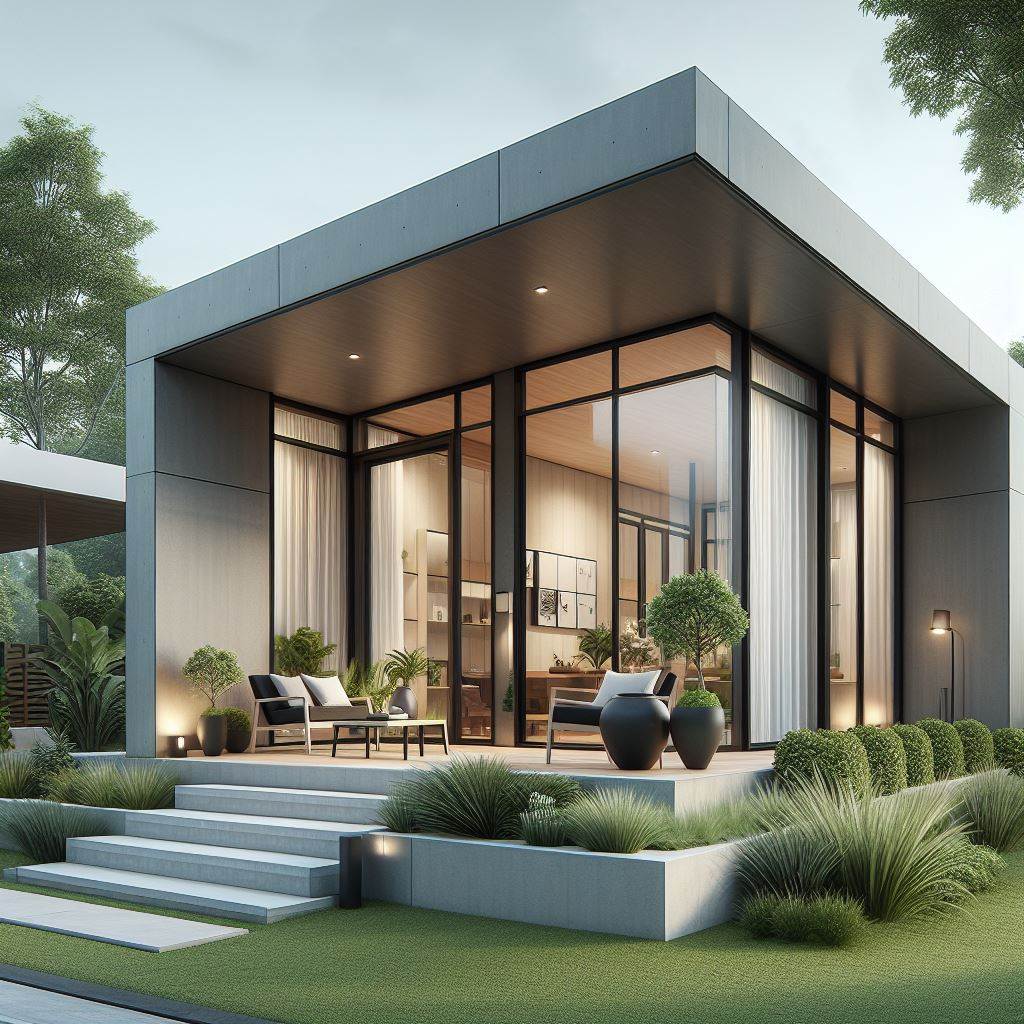
















Thank you, I have just been searching for information approximately this topic for a while and yours is the best I have found out so far. However, what in regards to the bottom line? Are you certain concerning the supply?